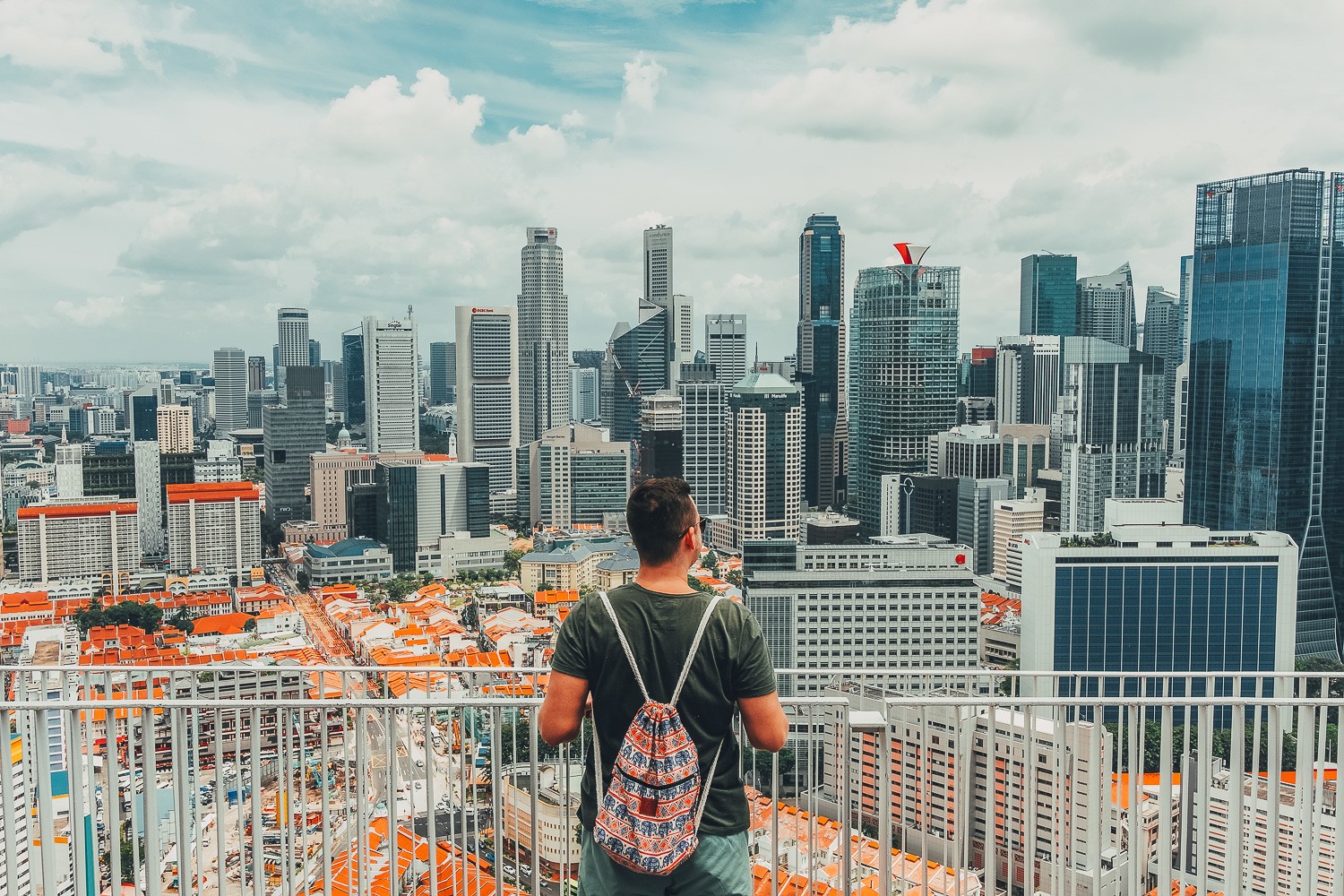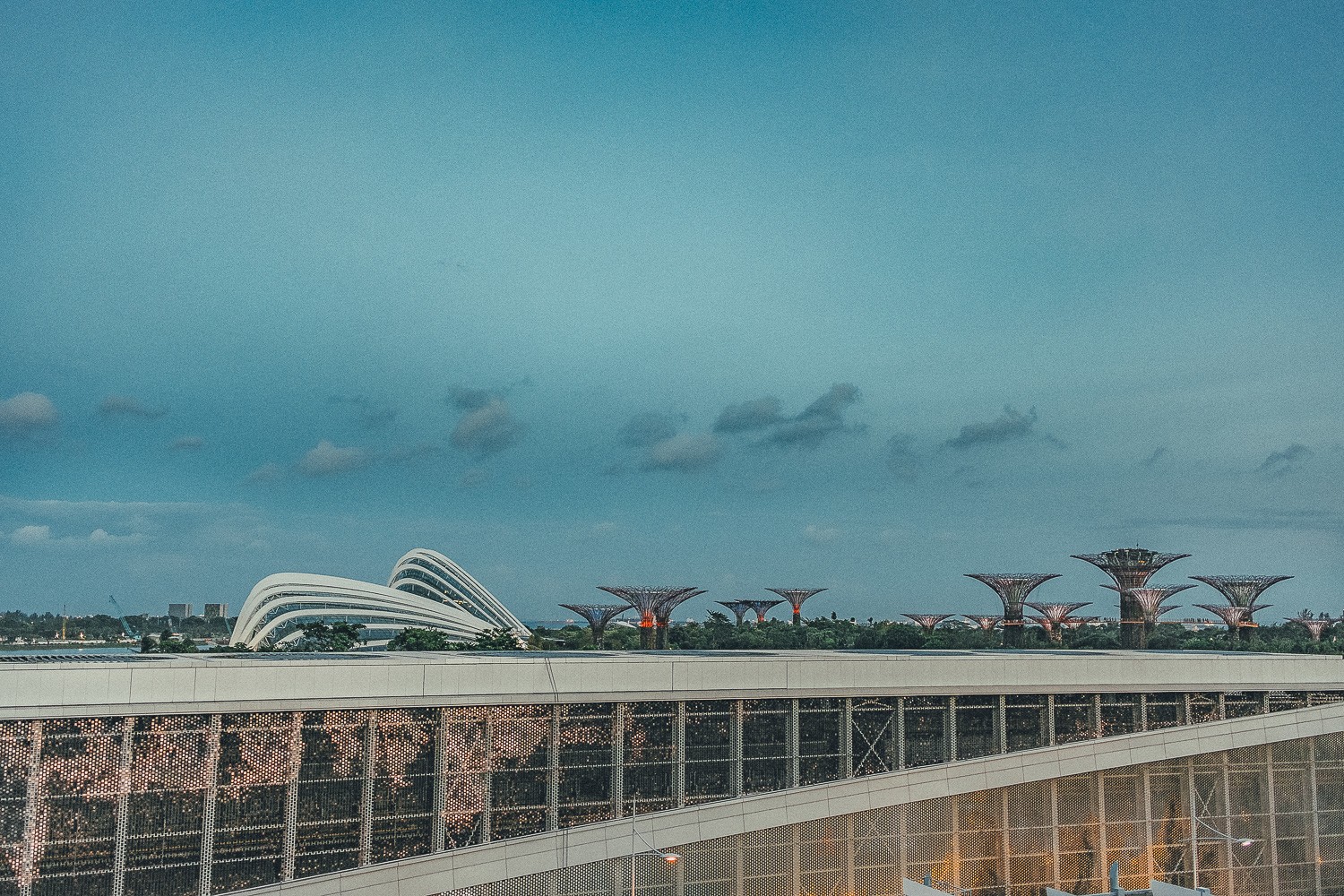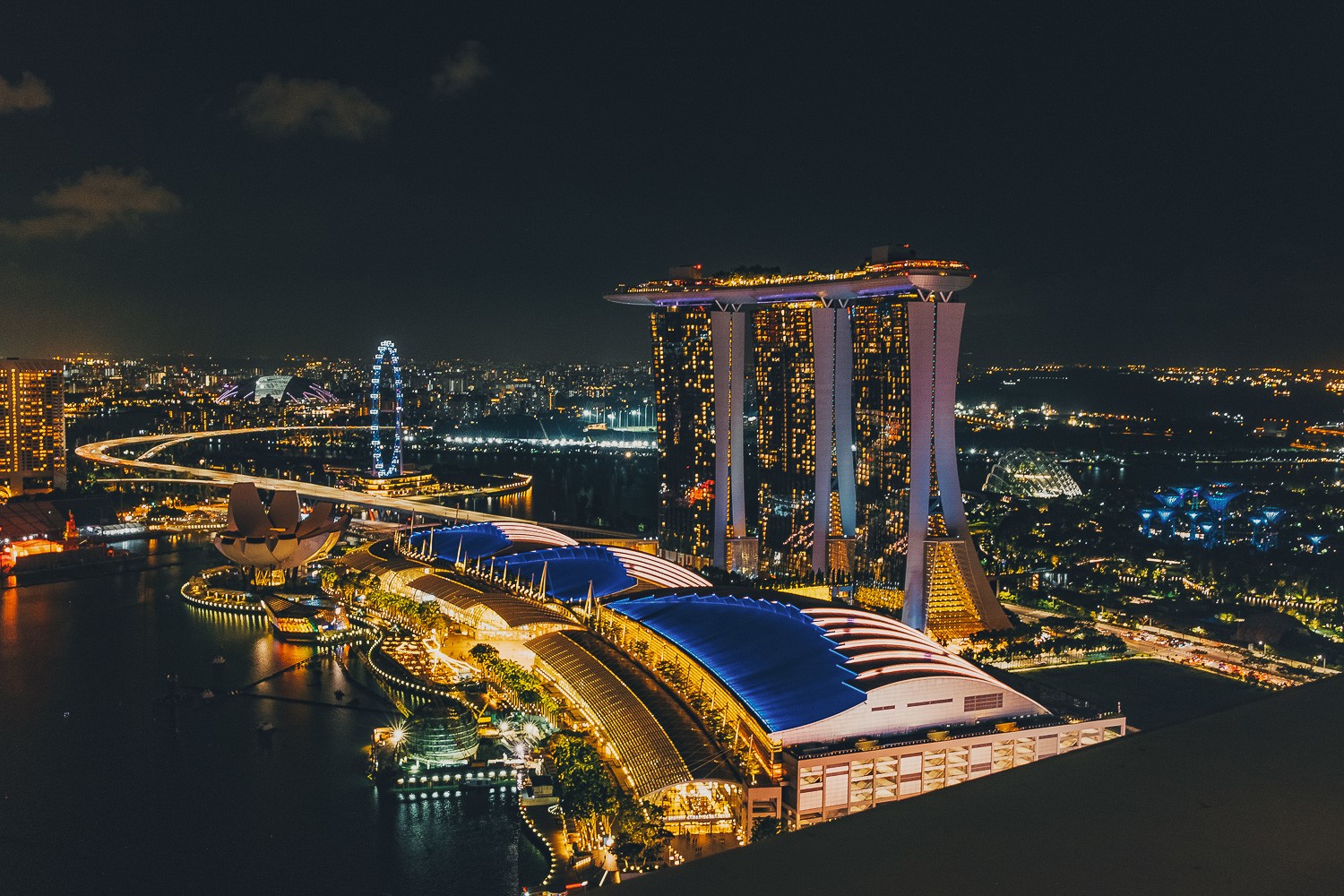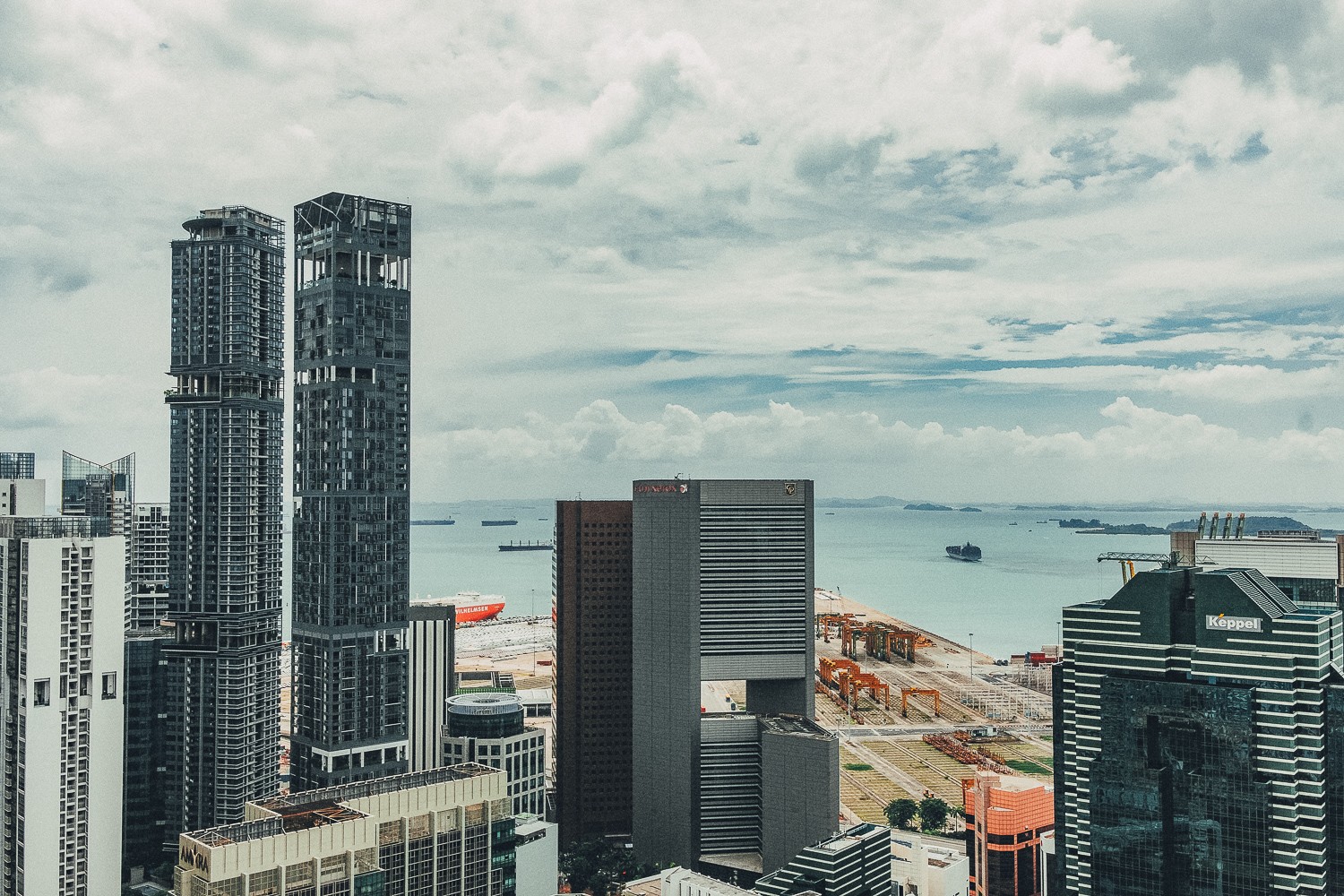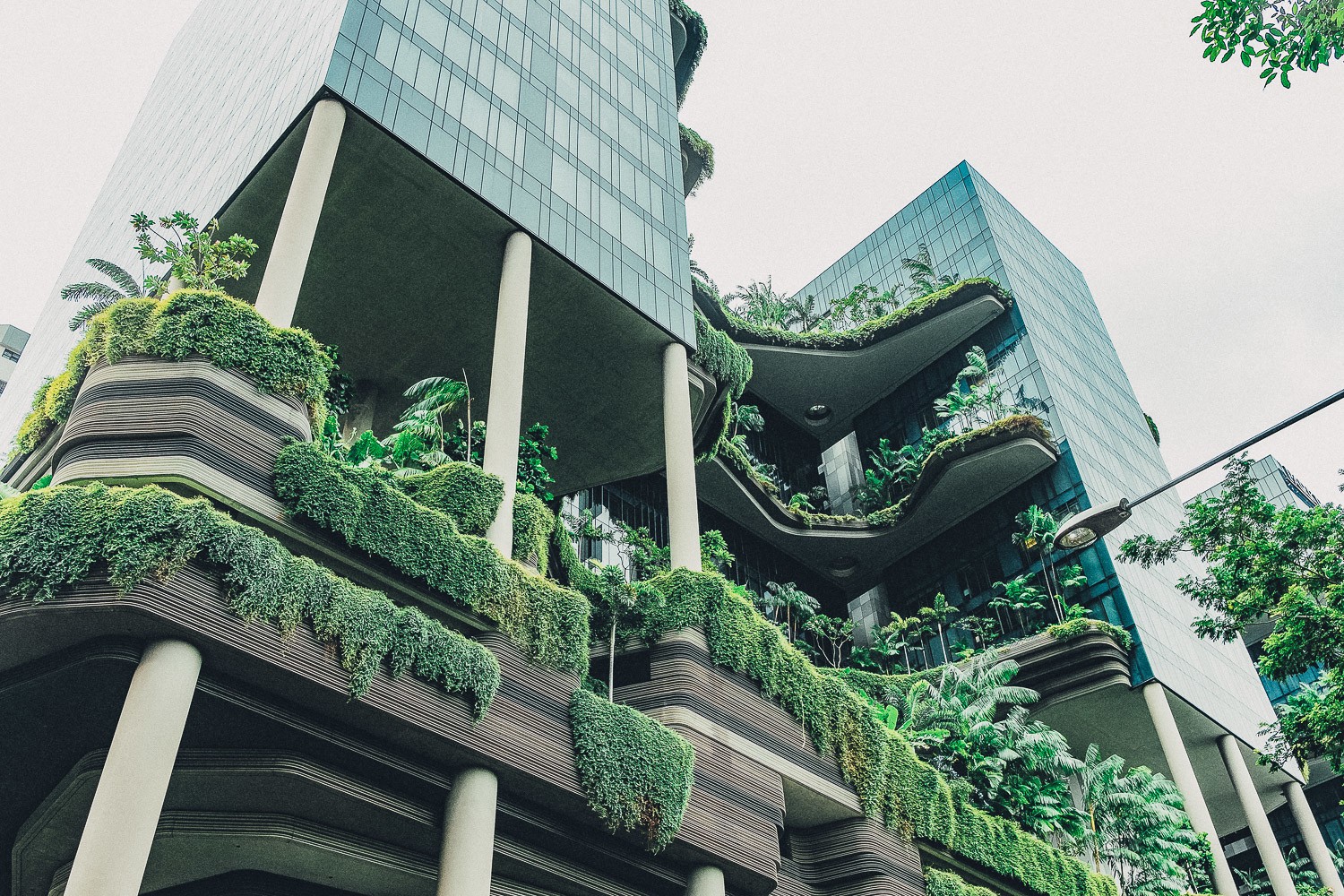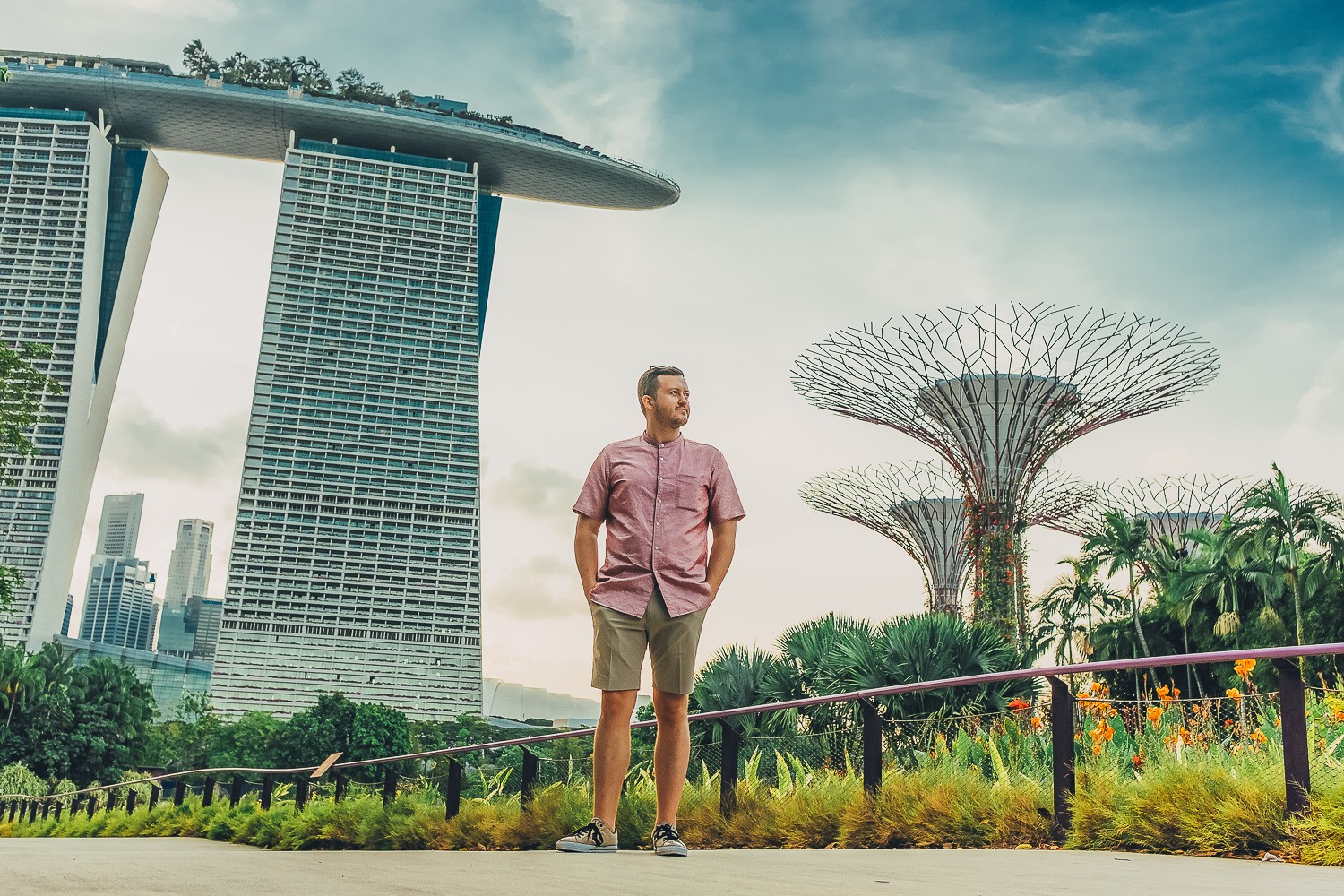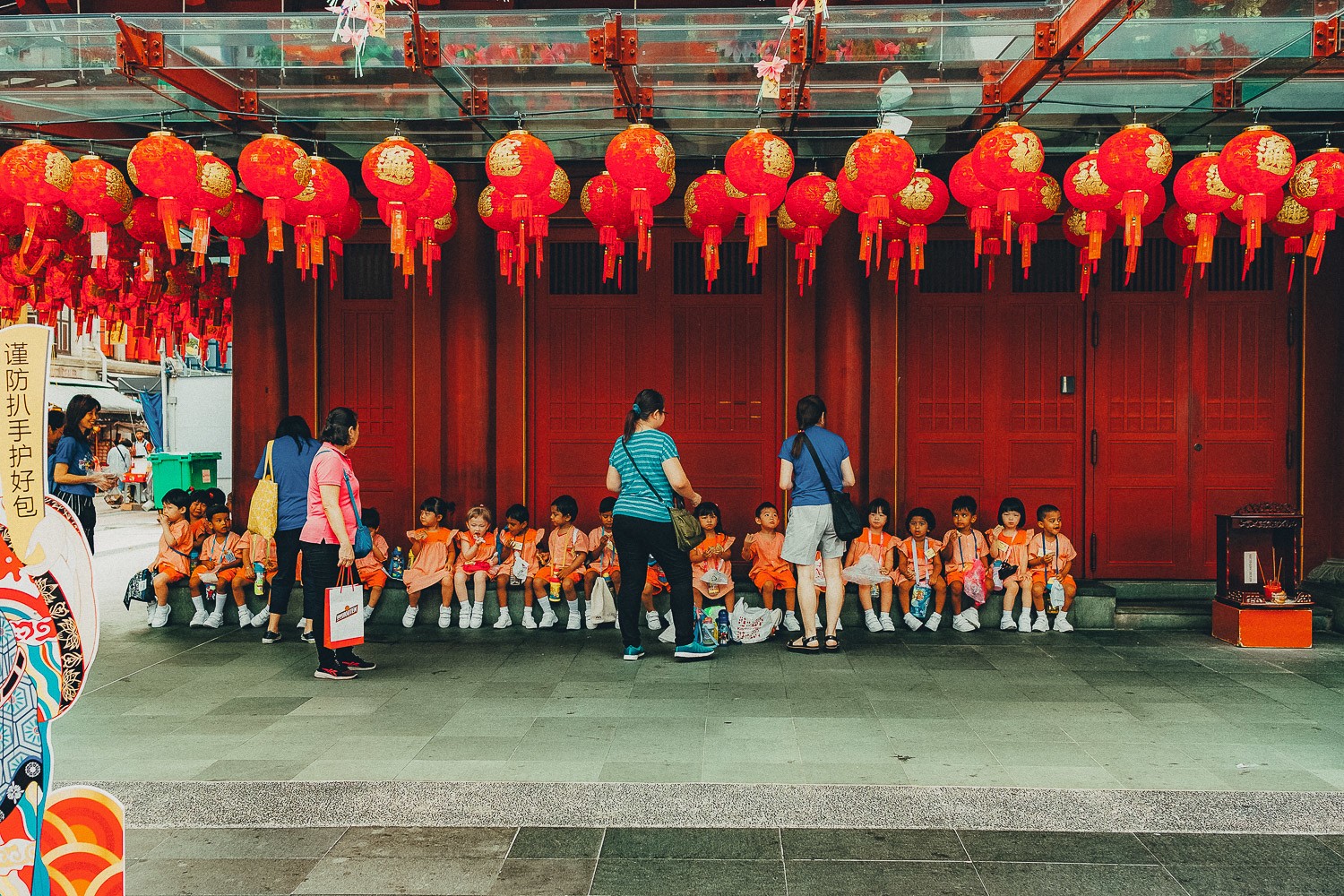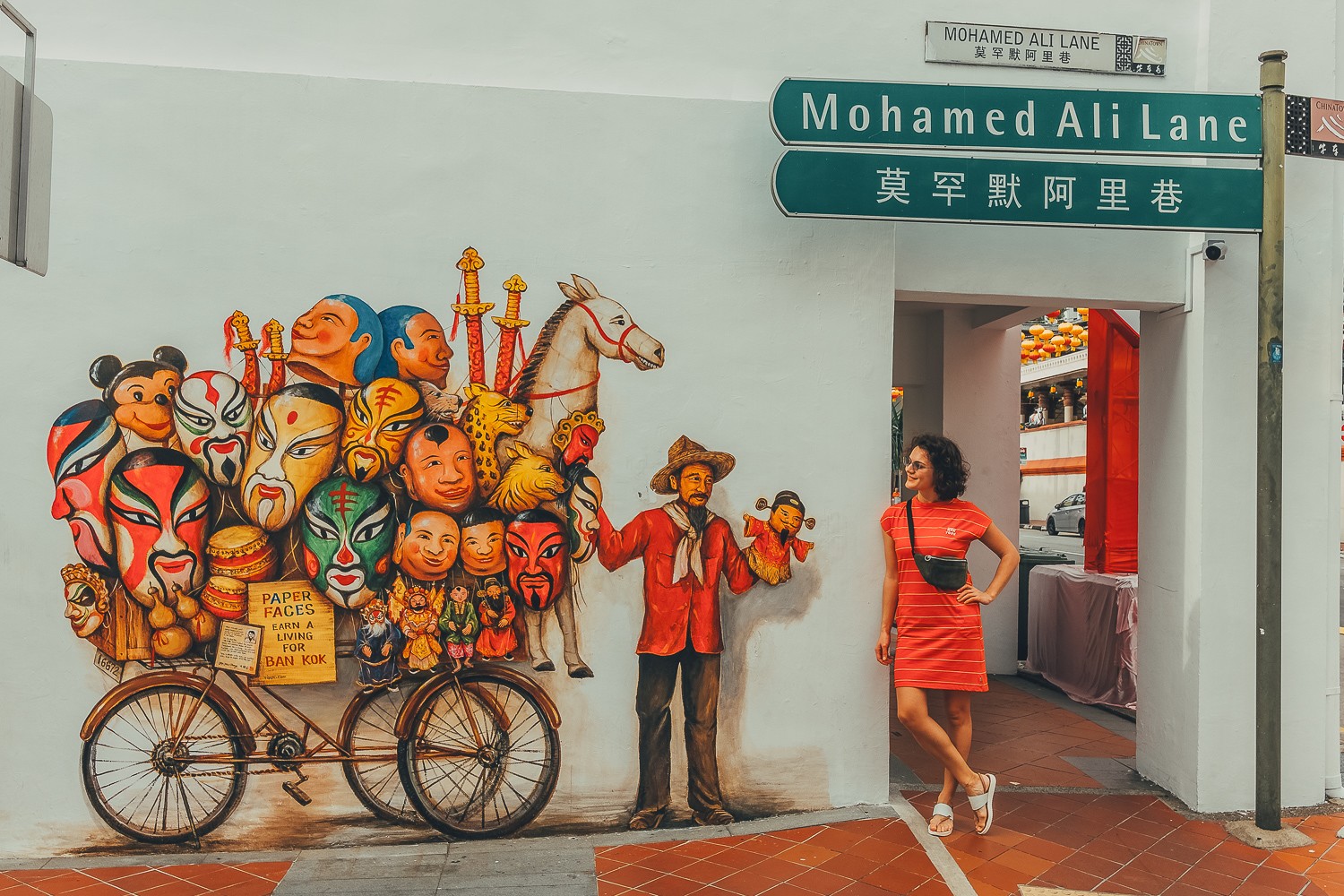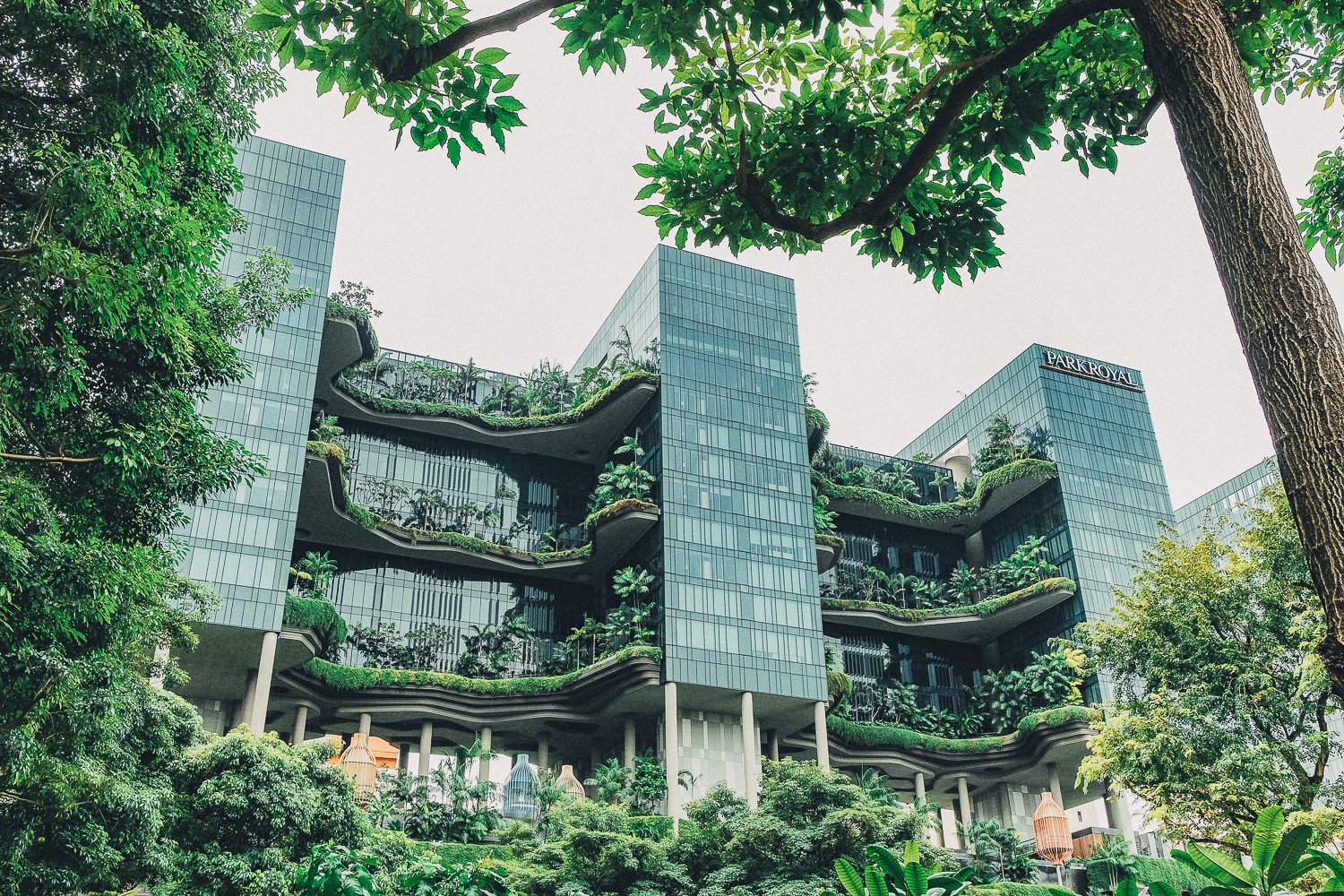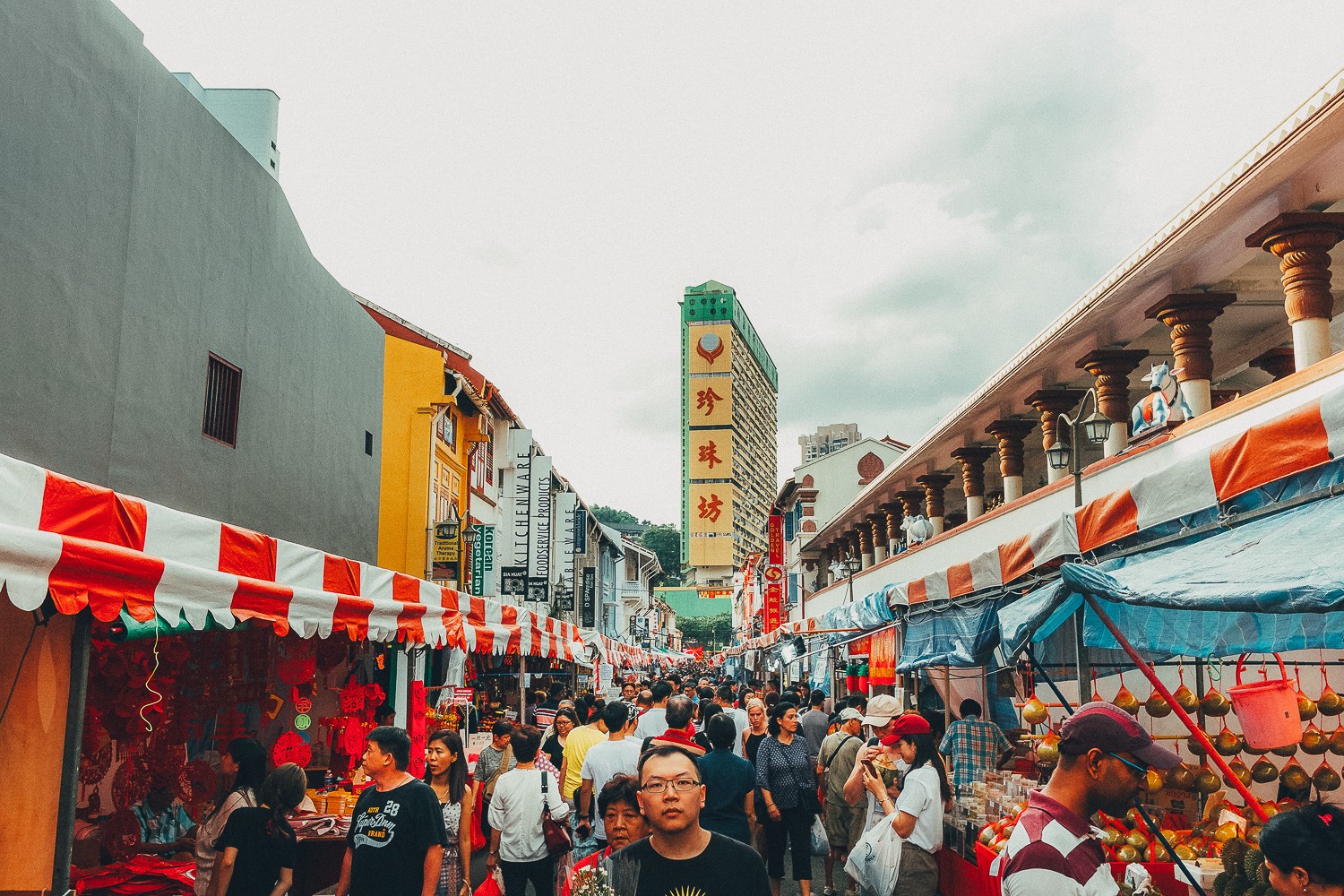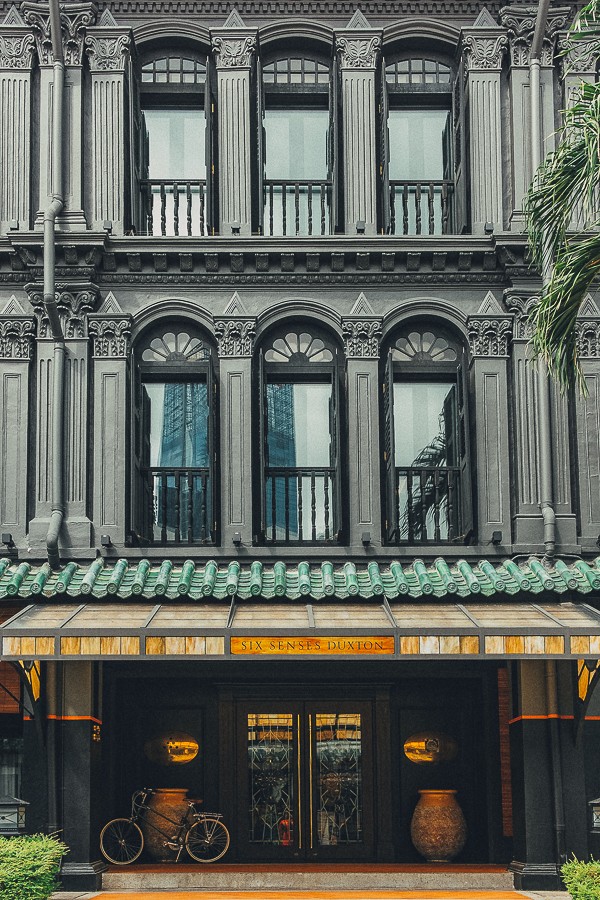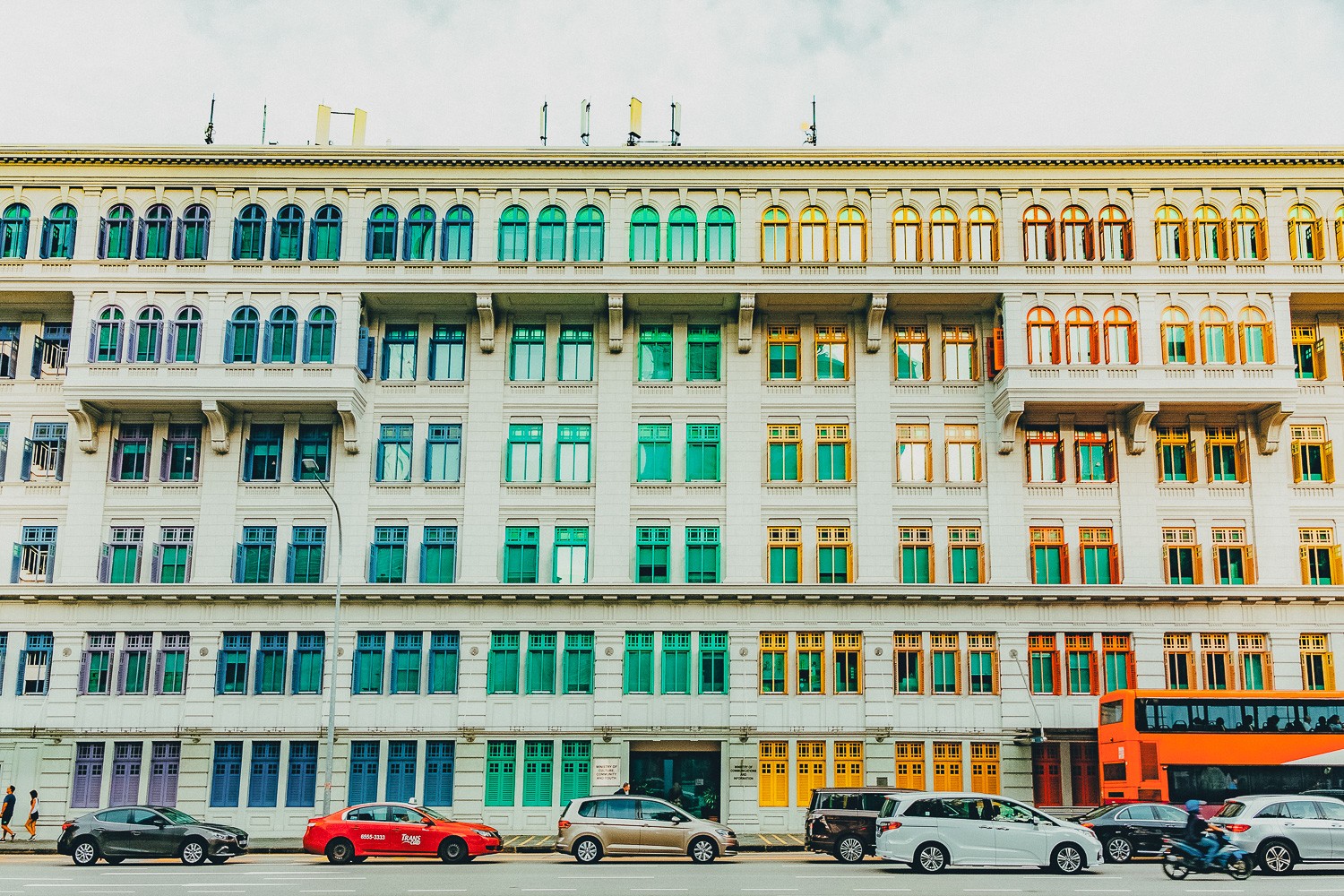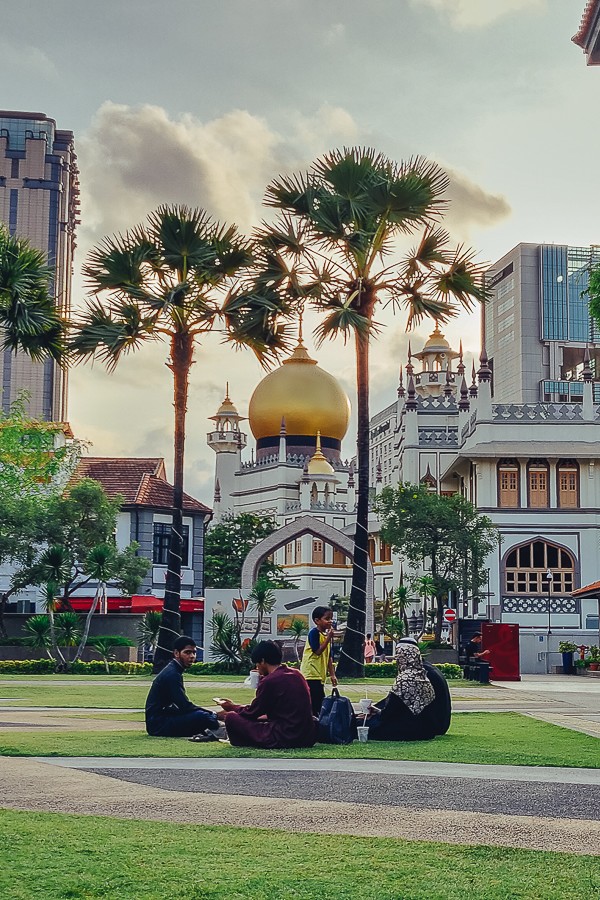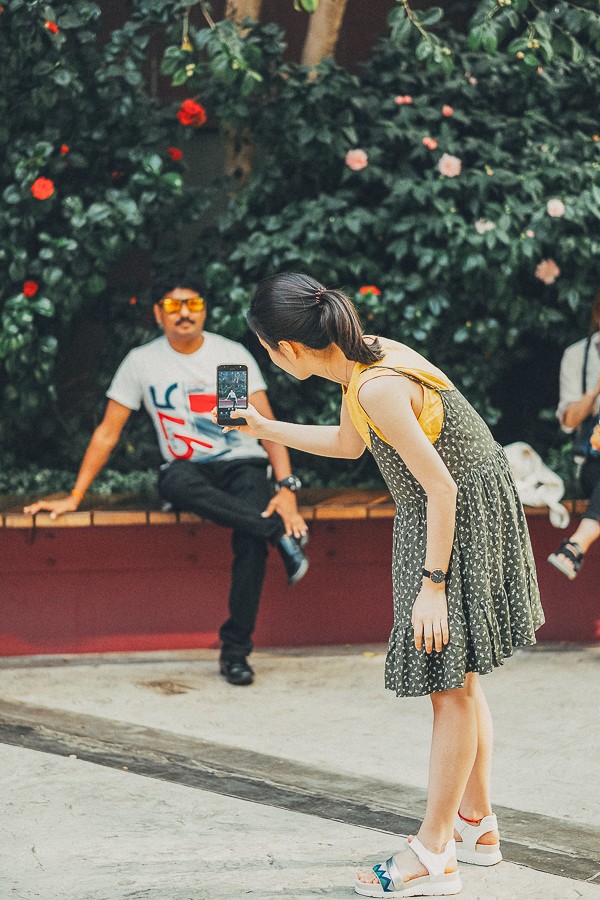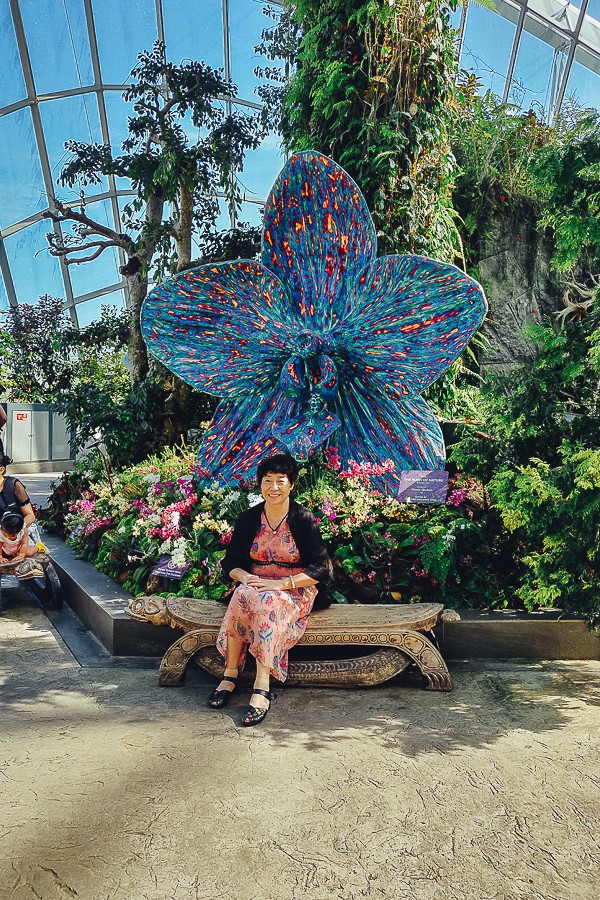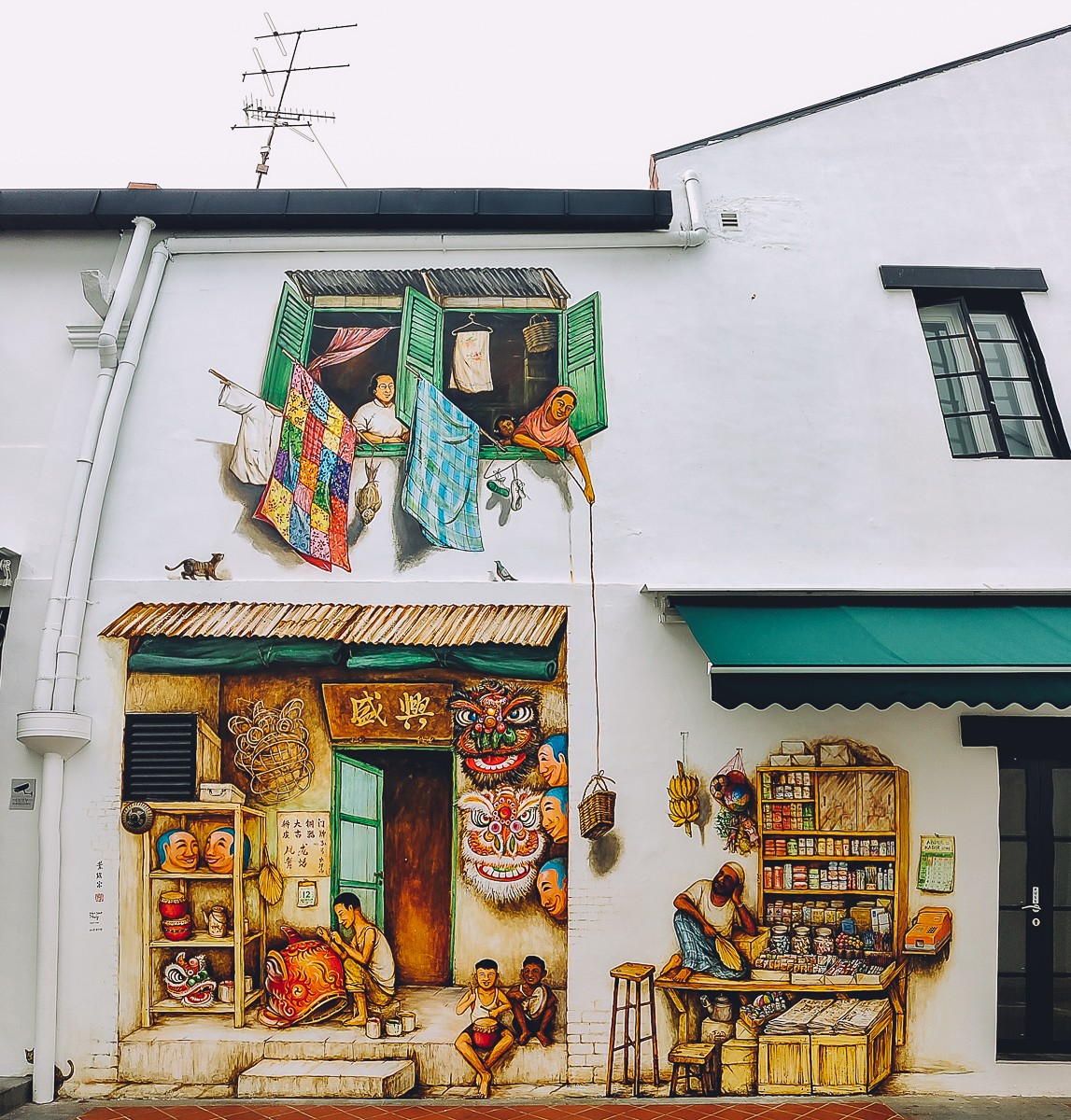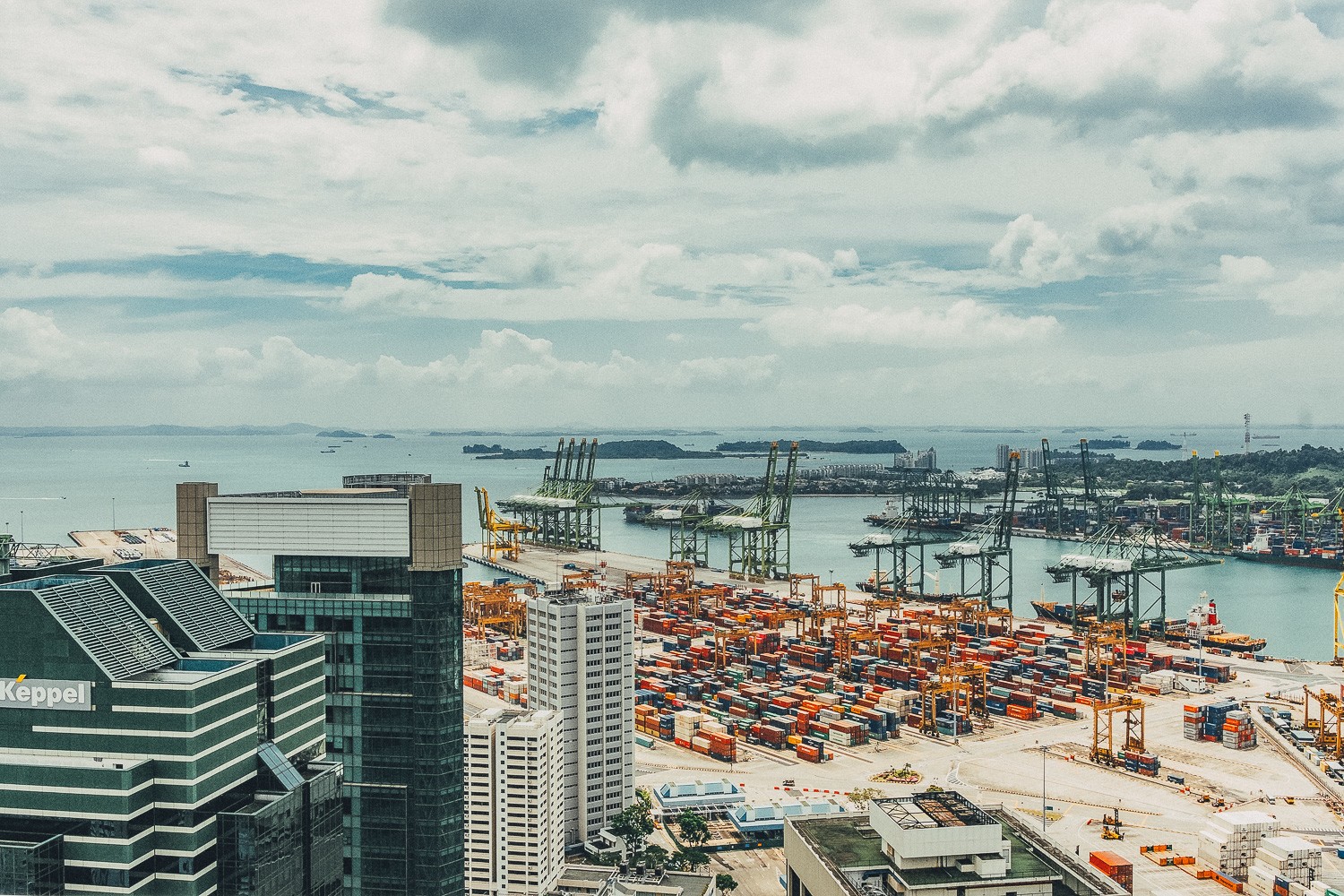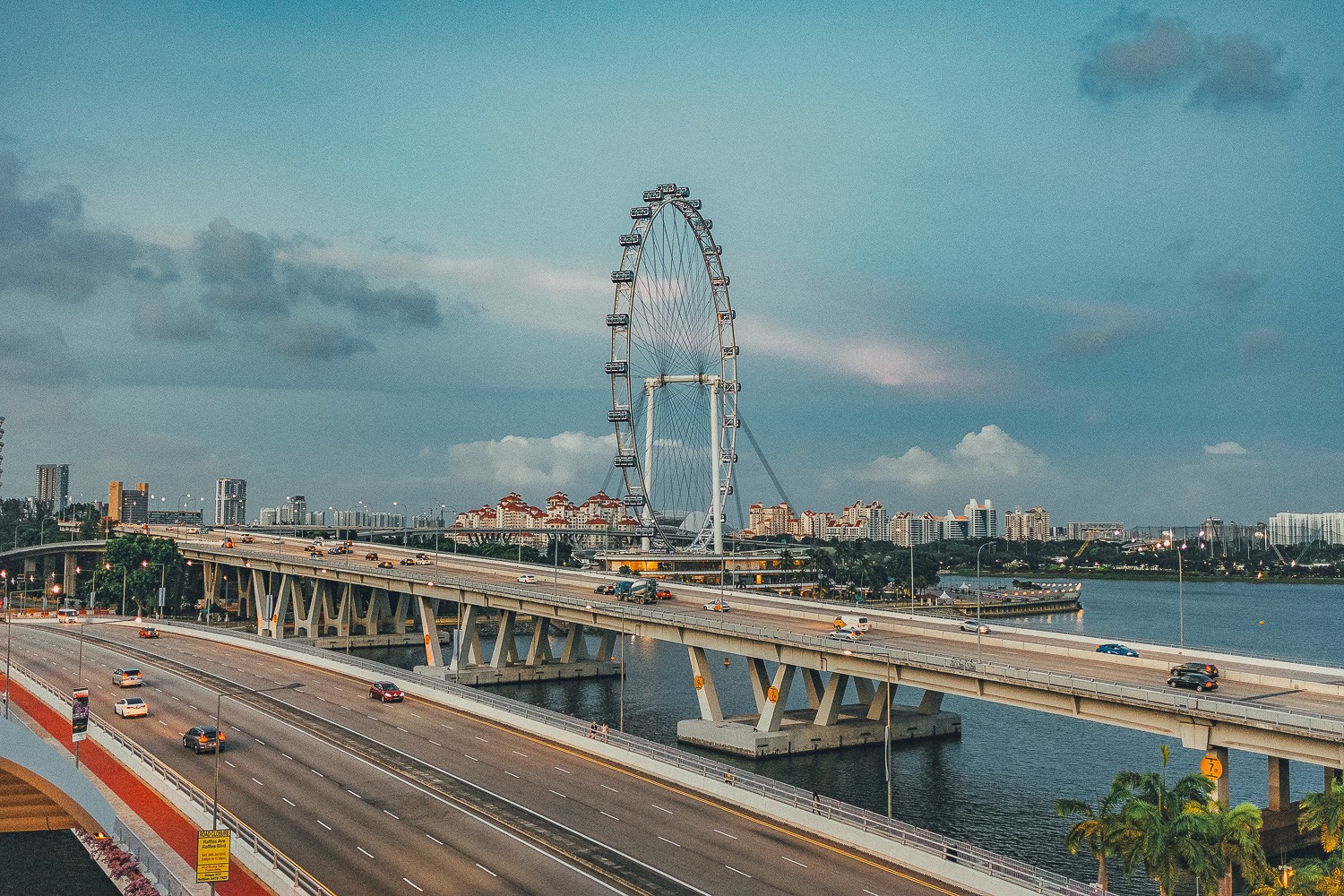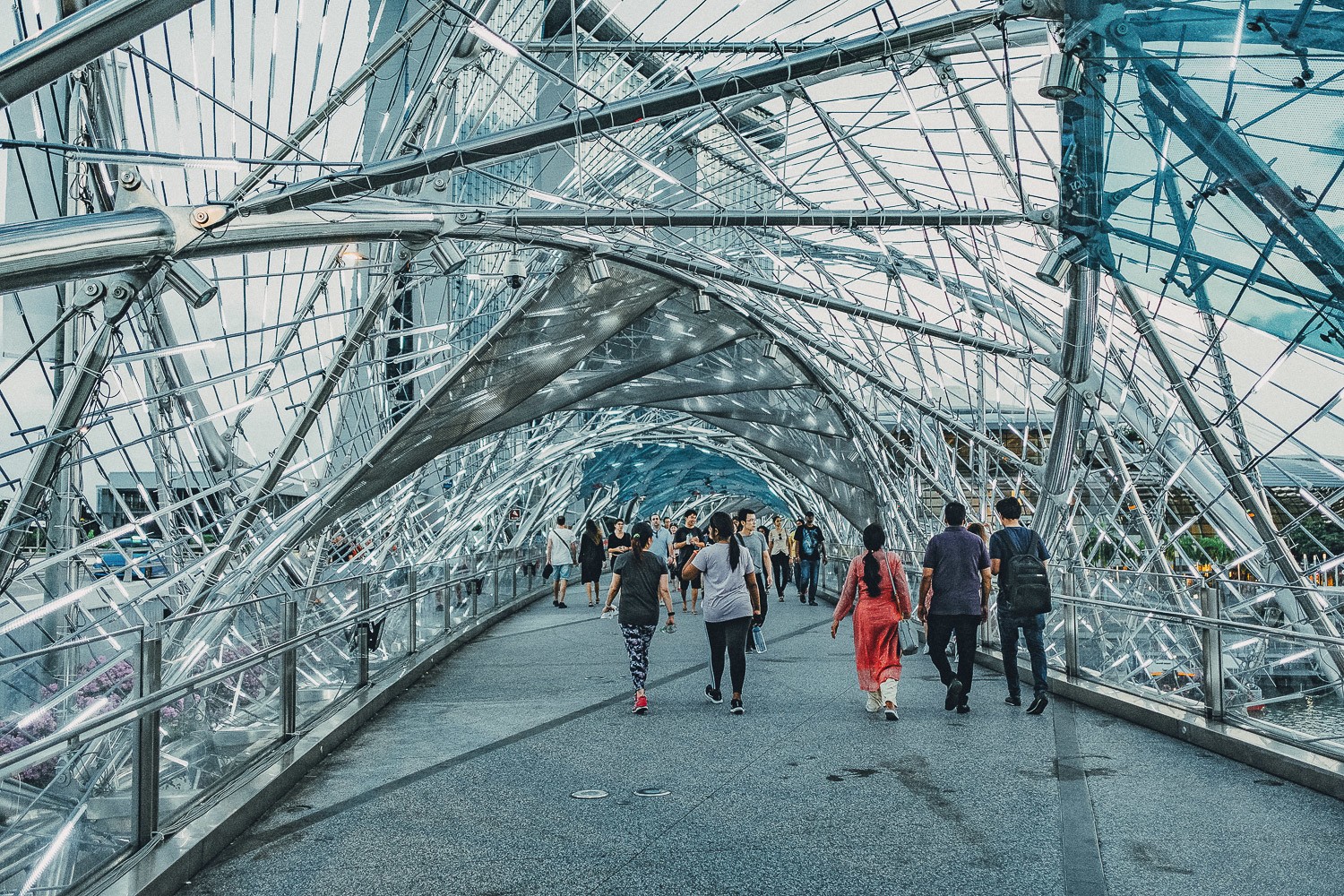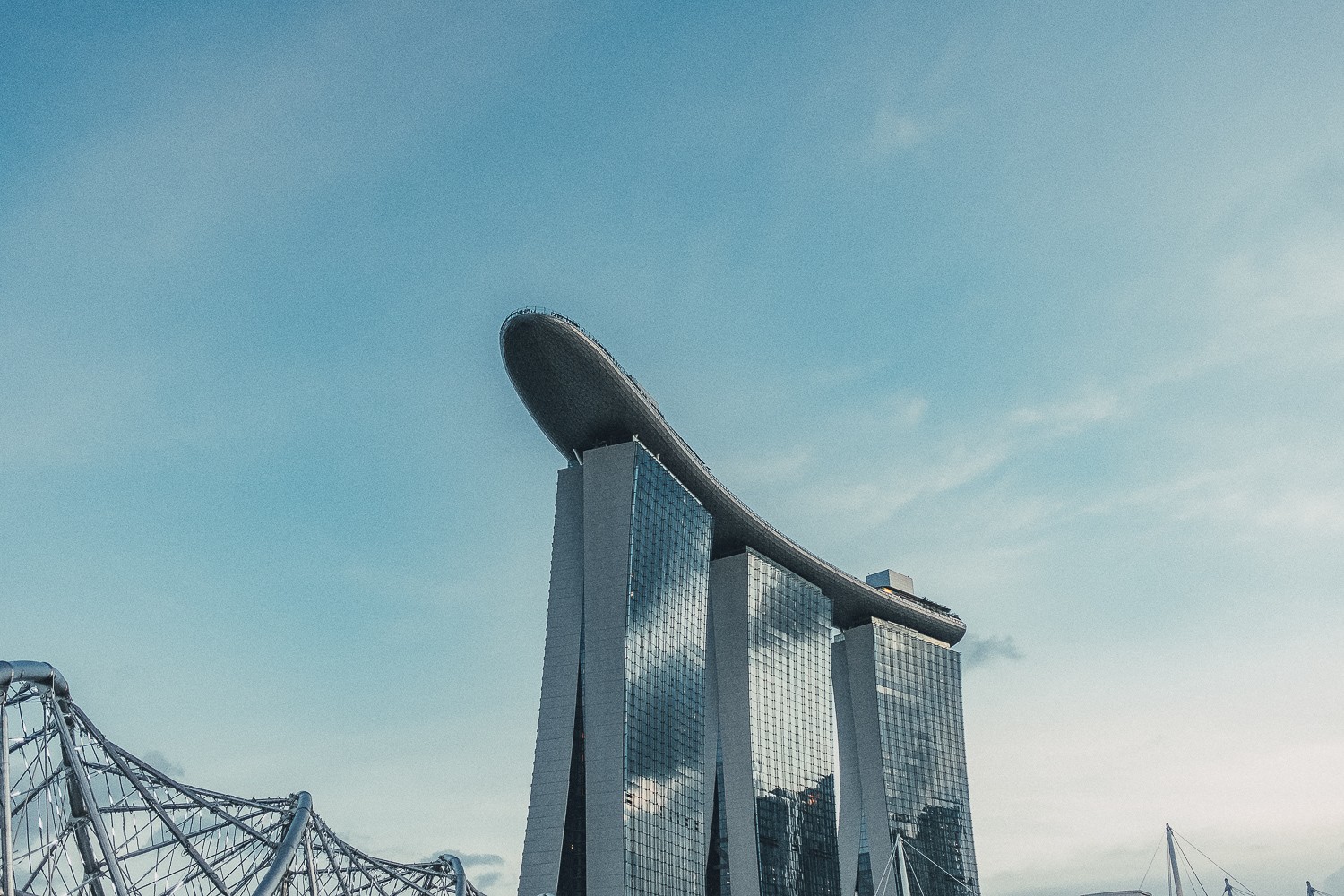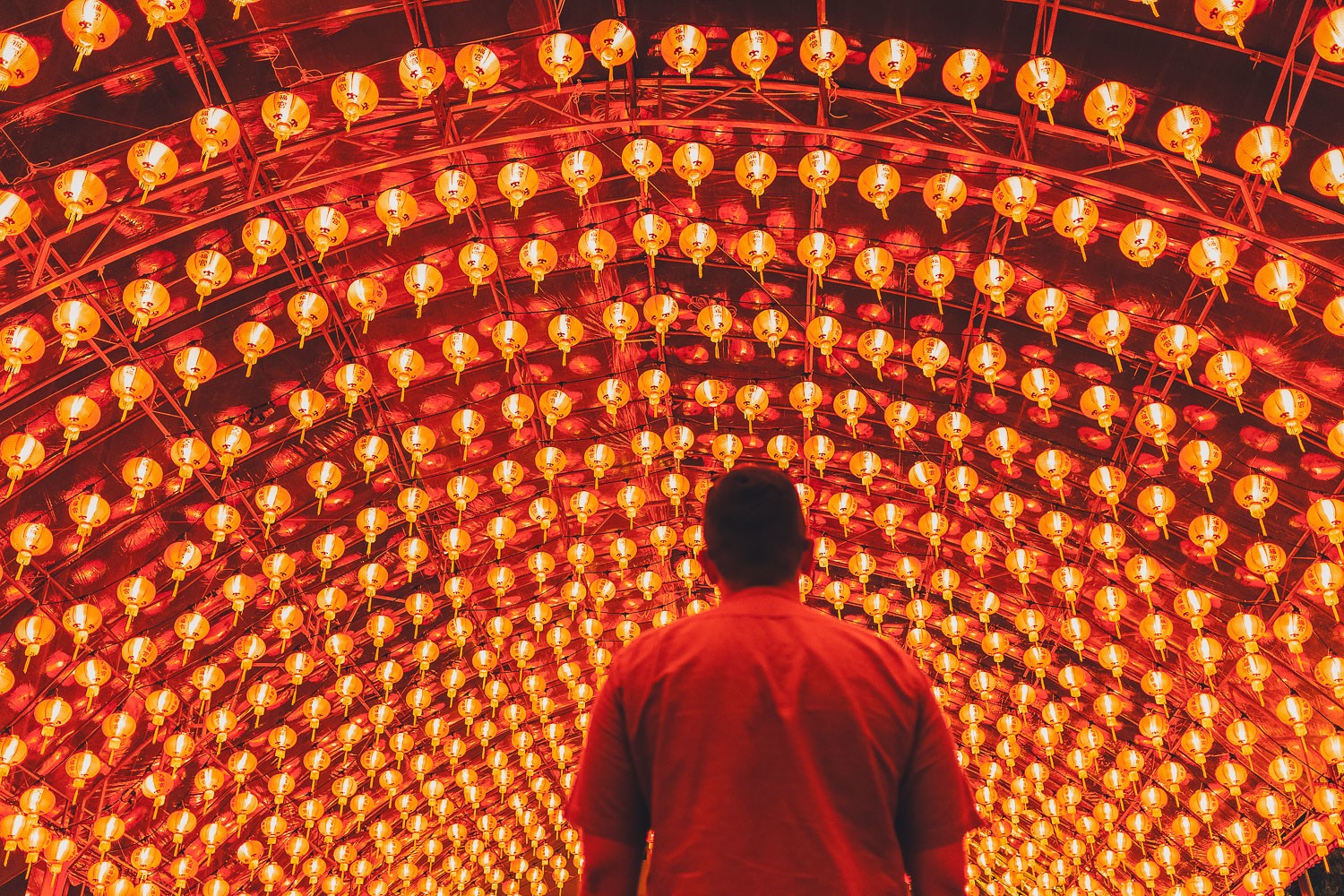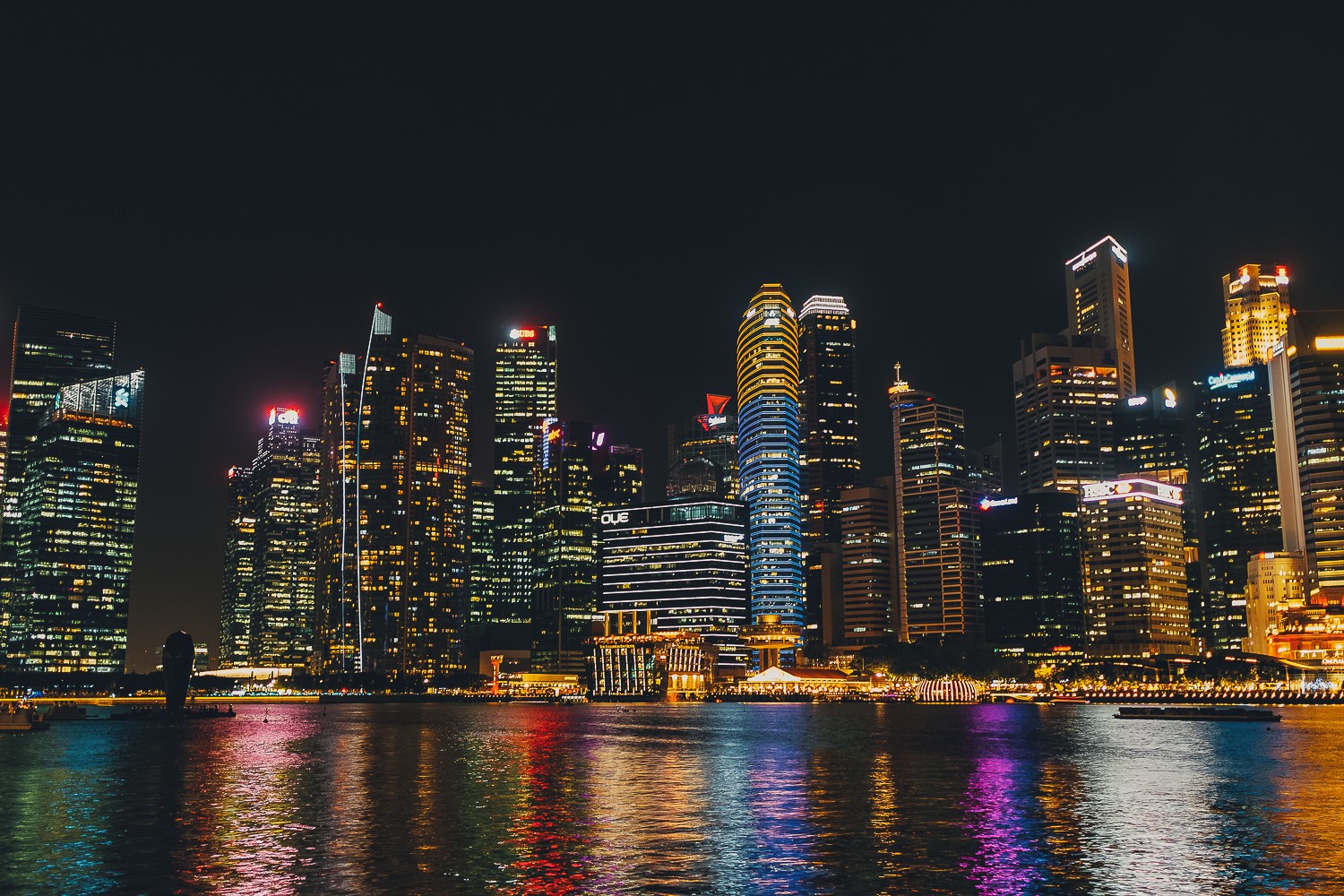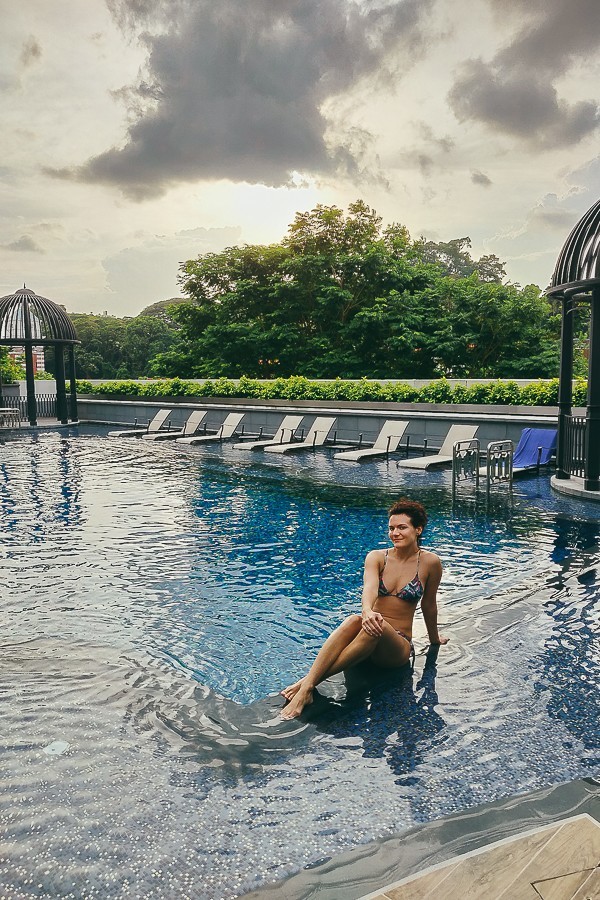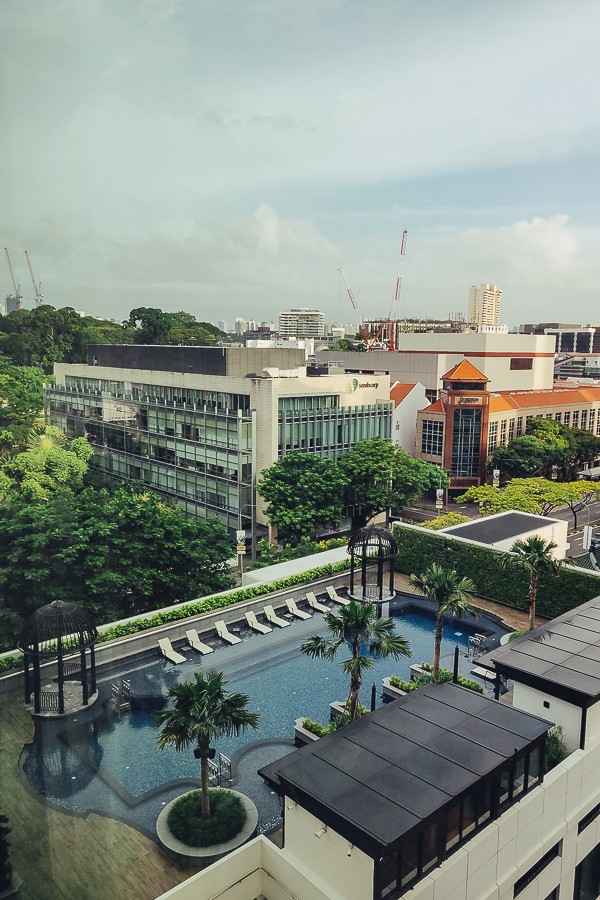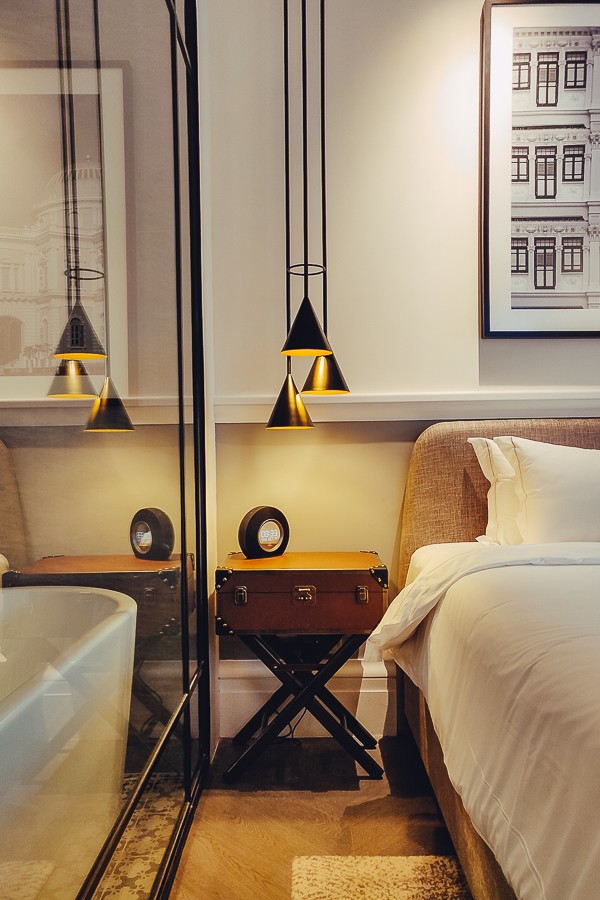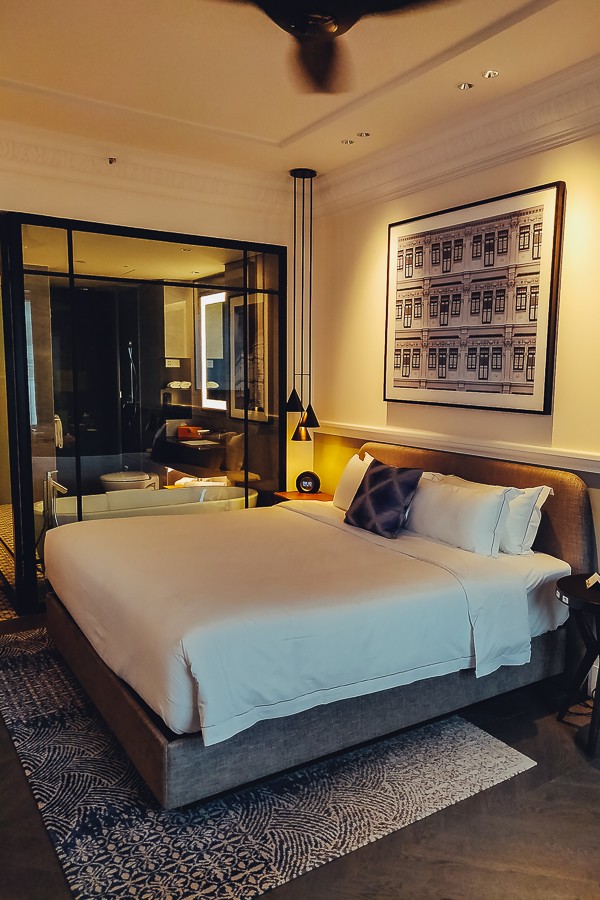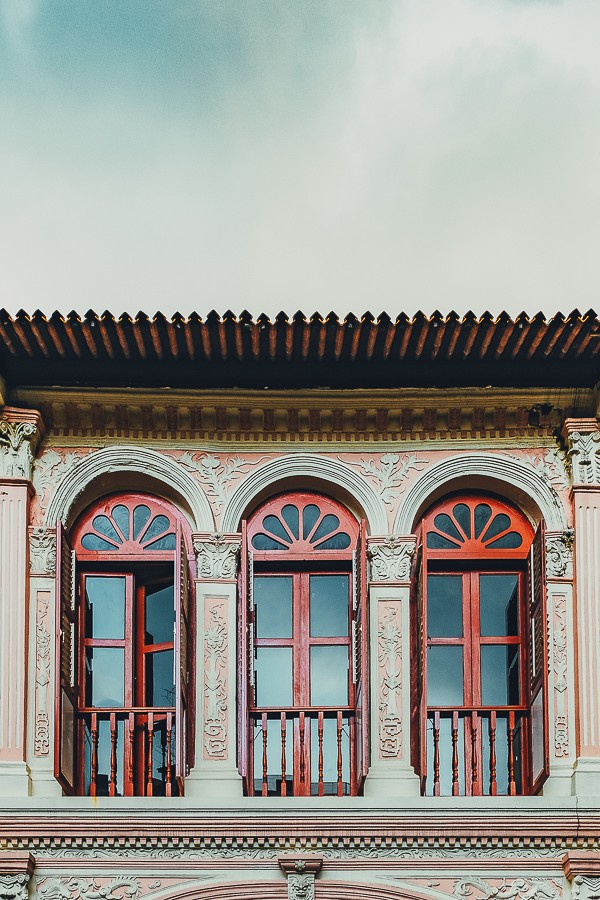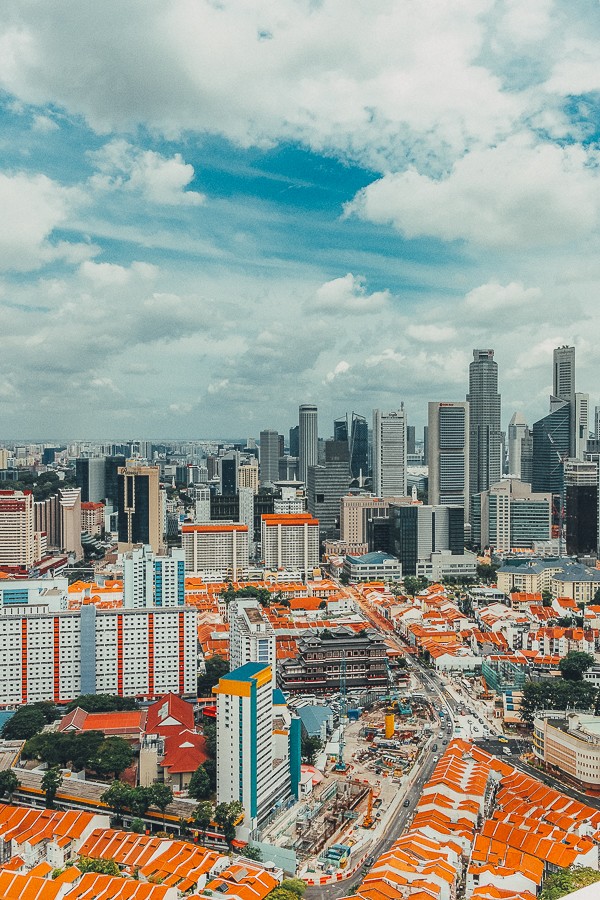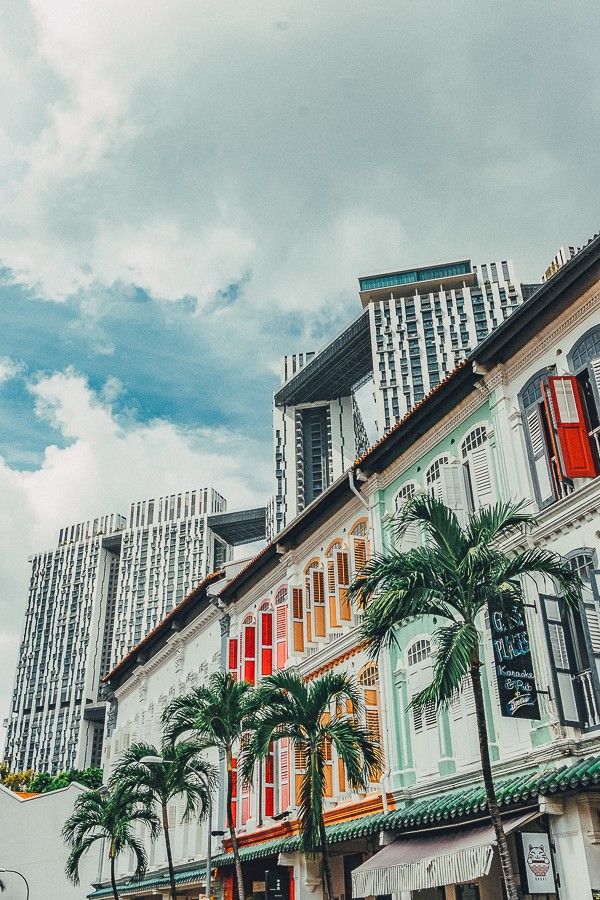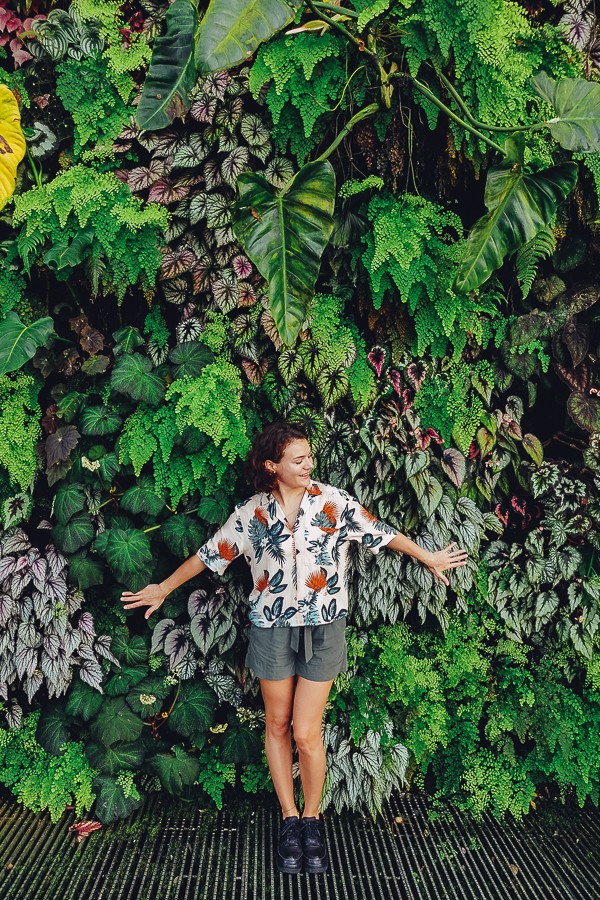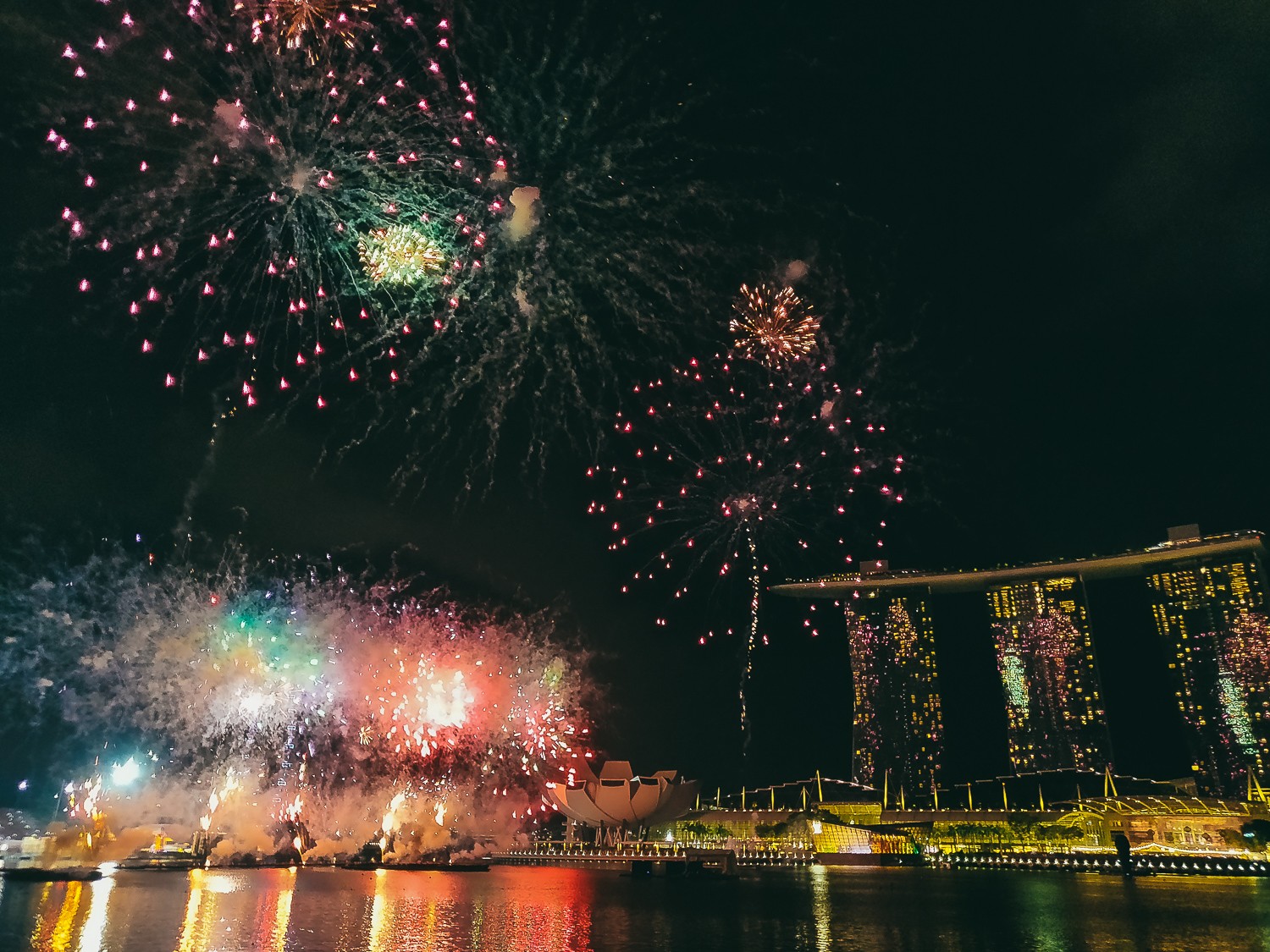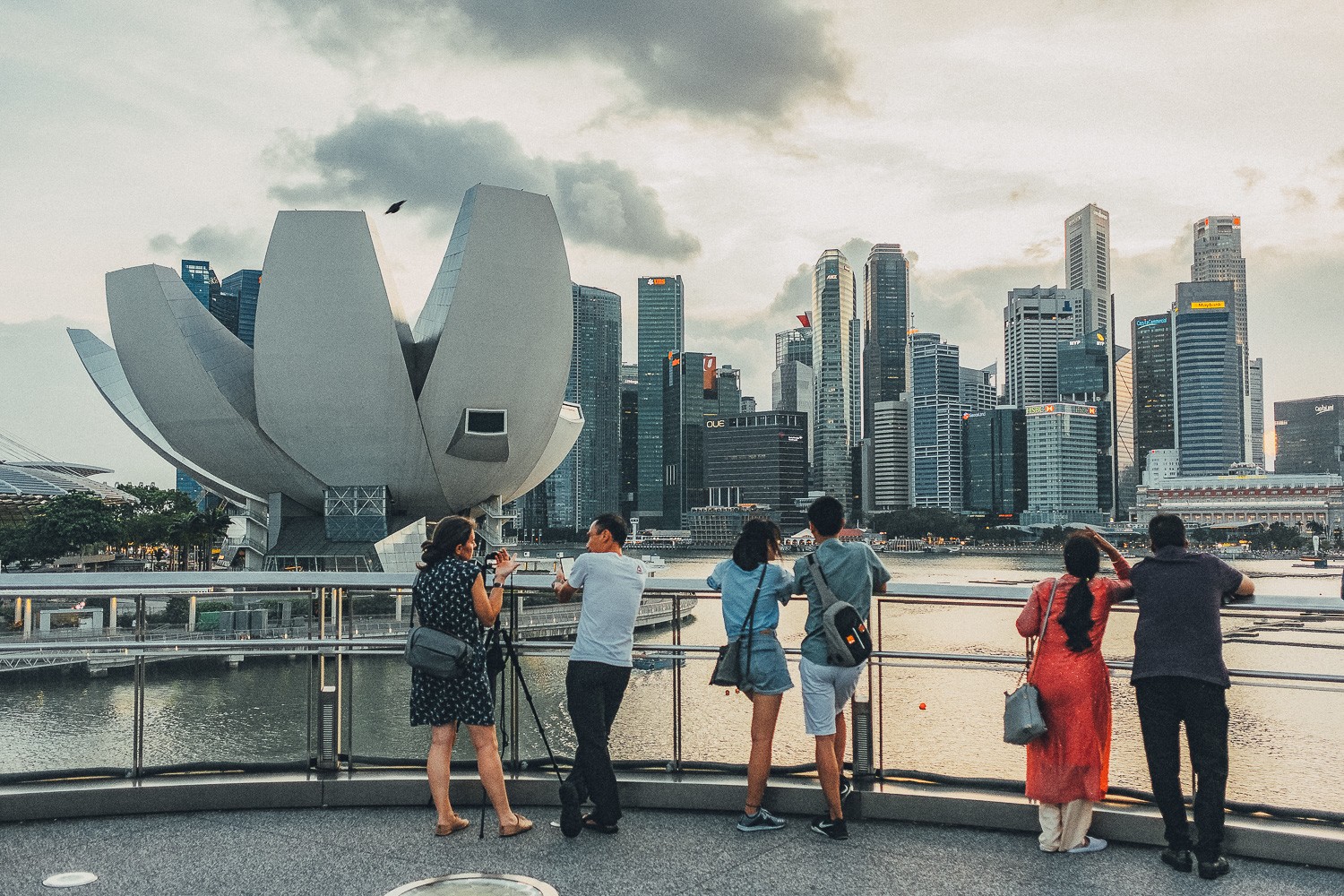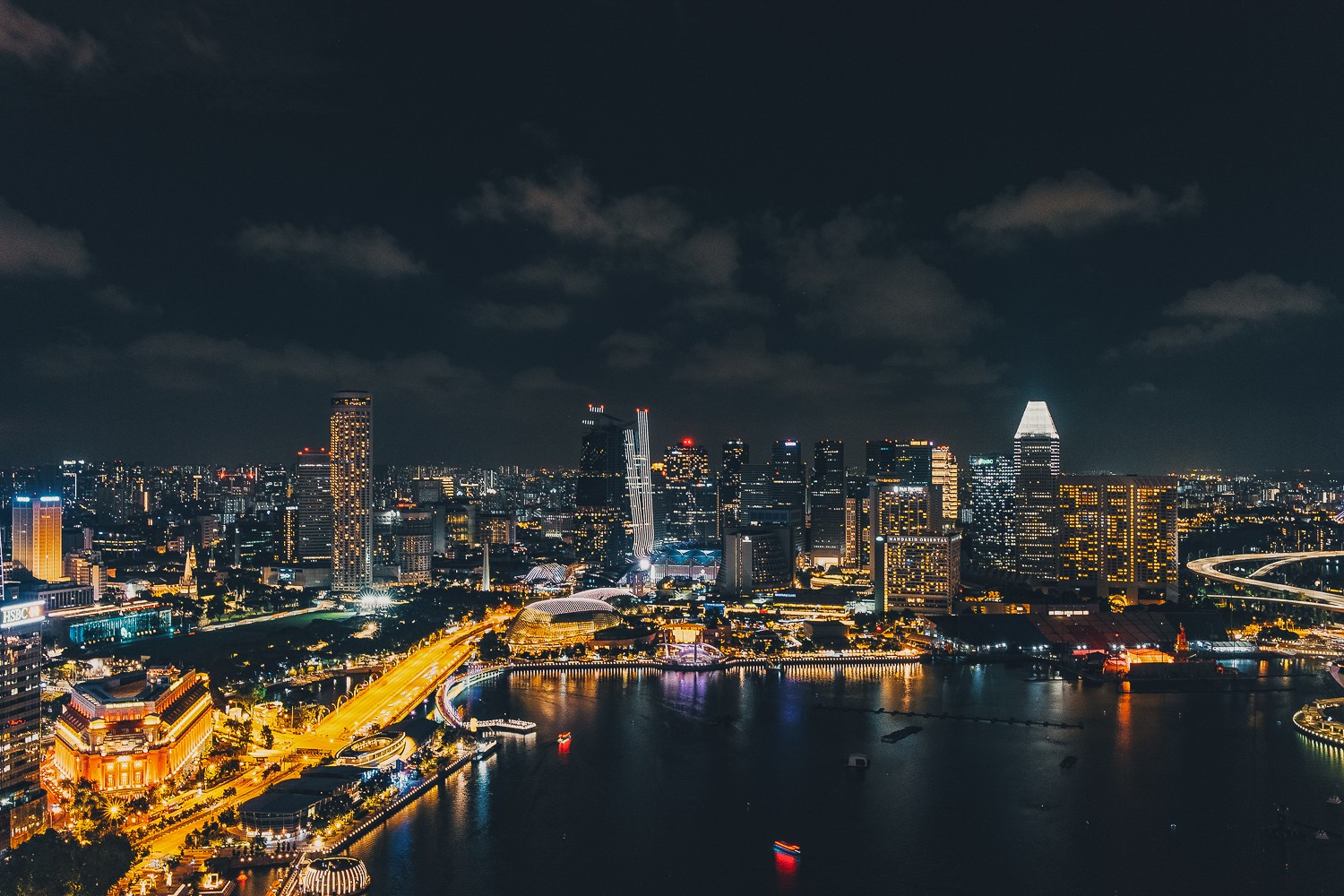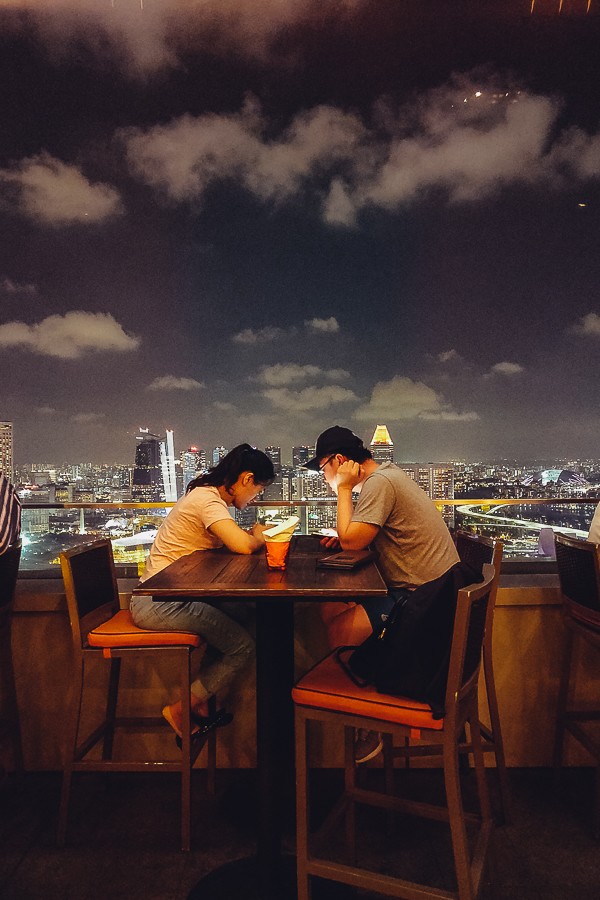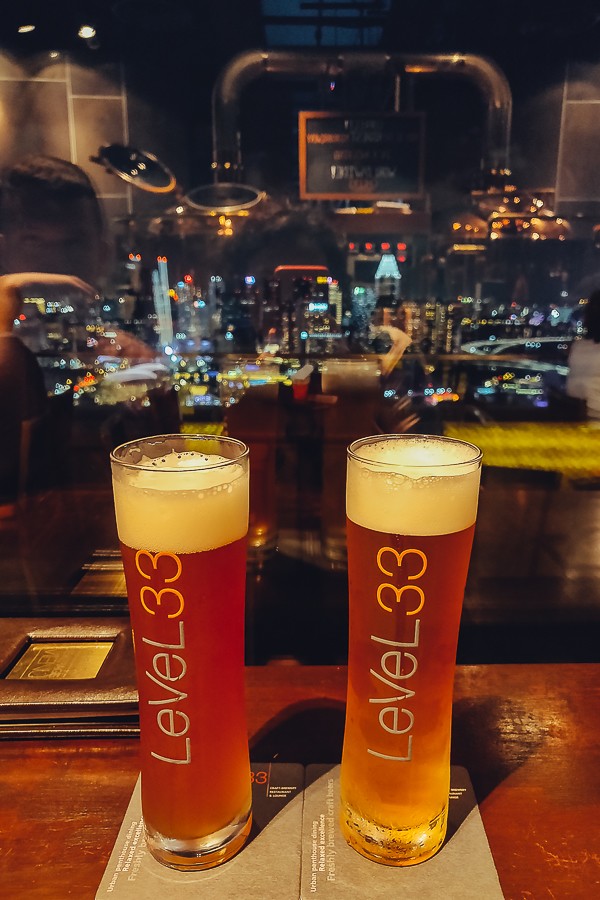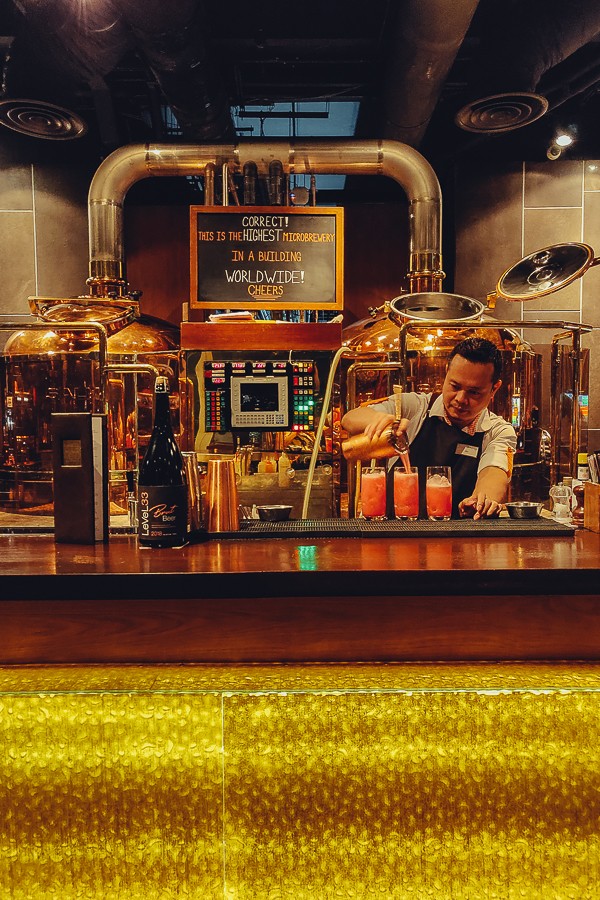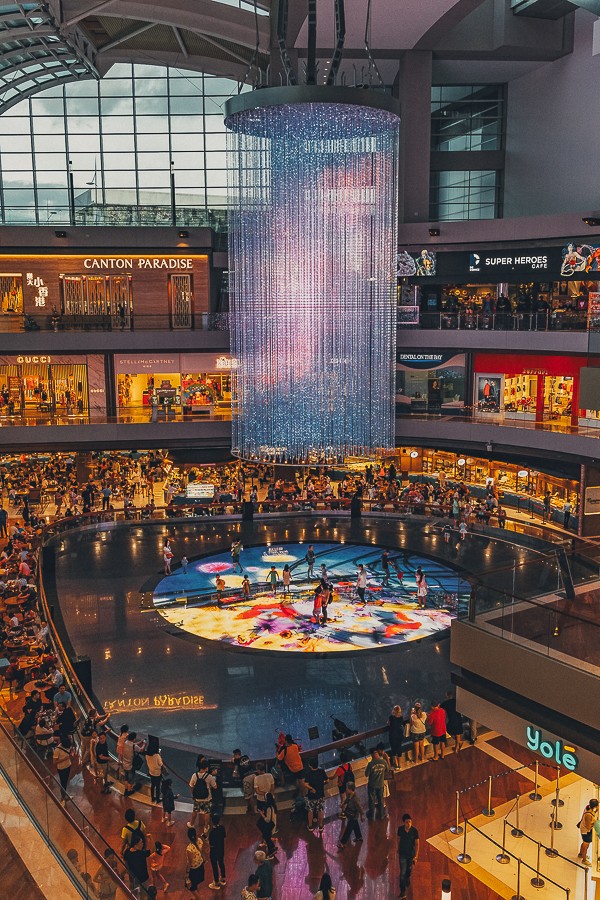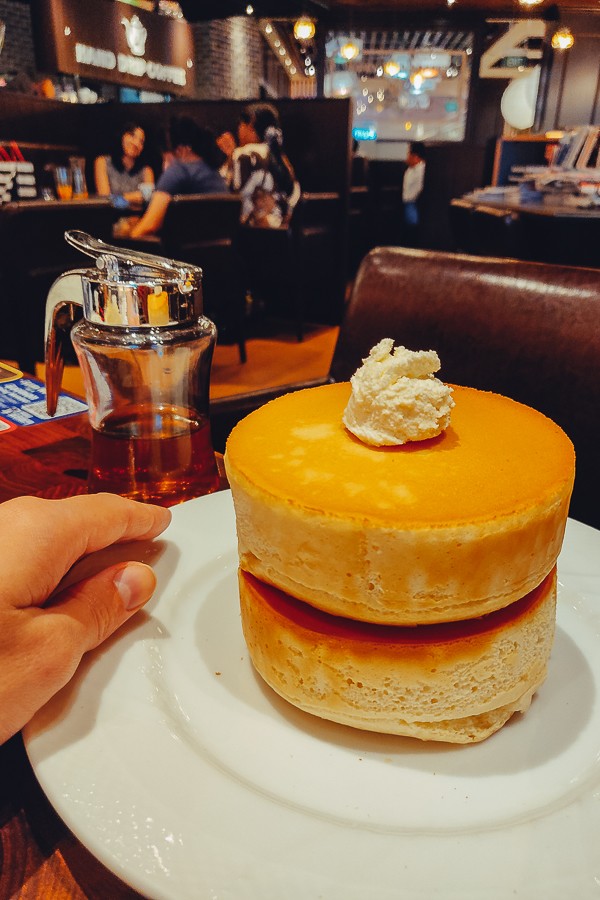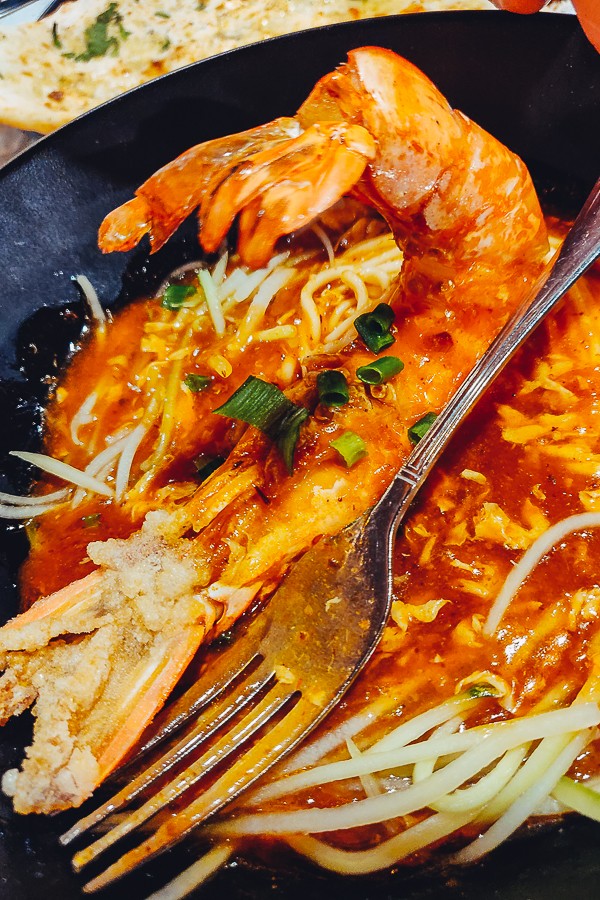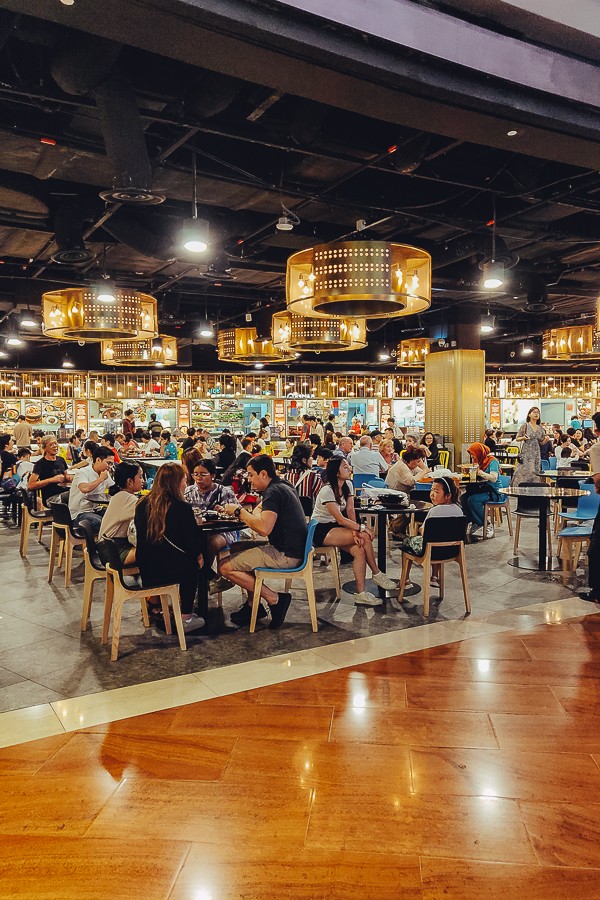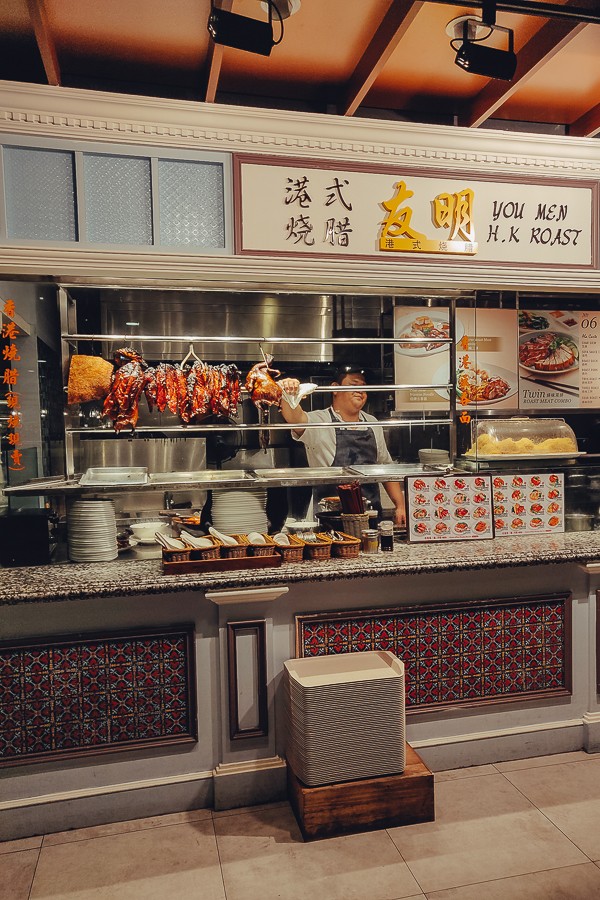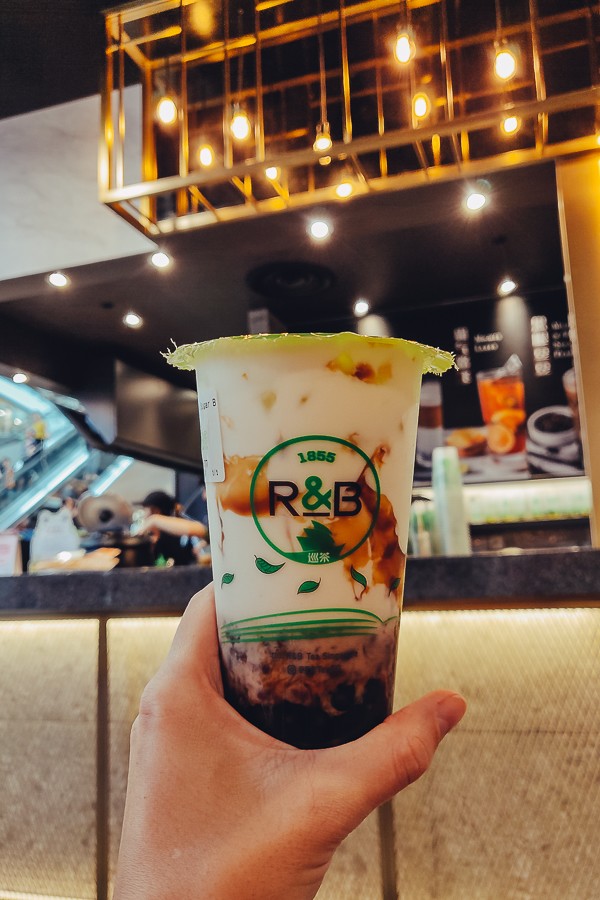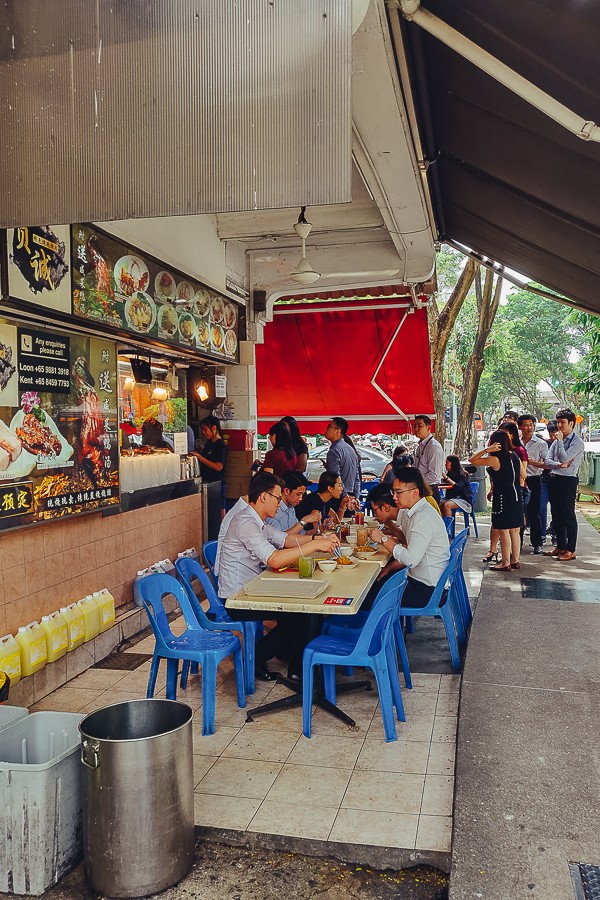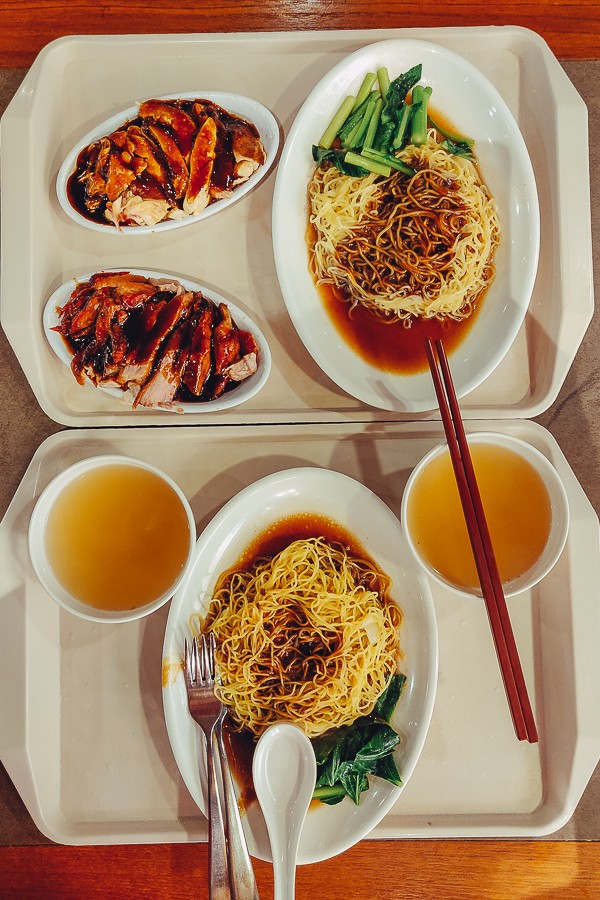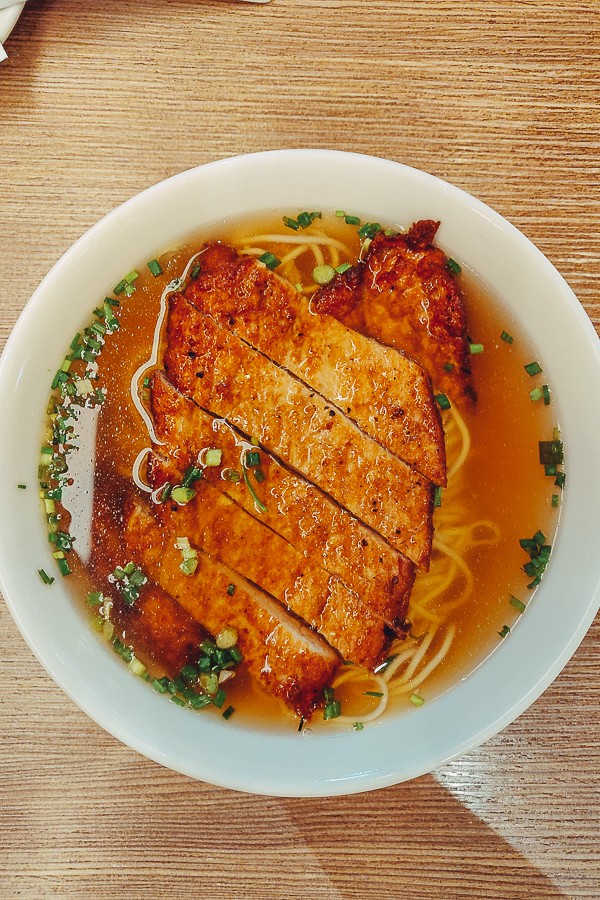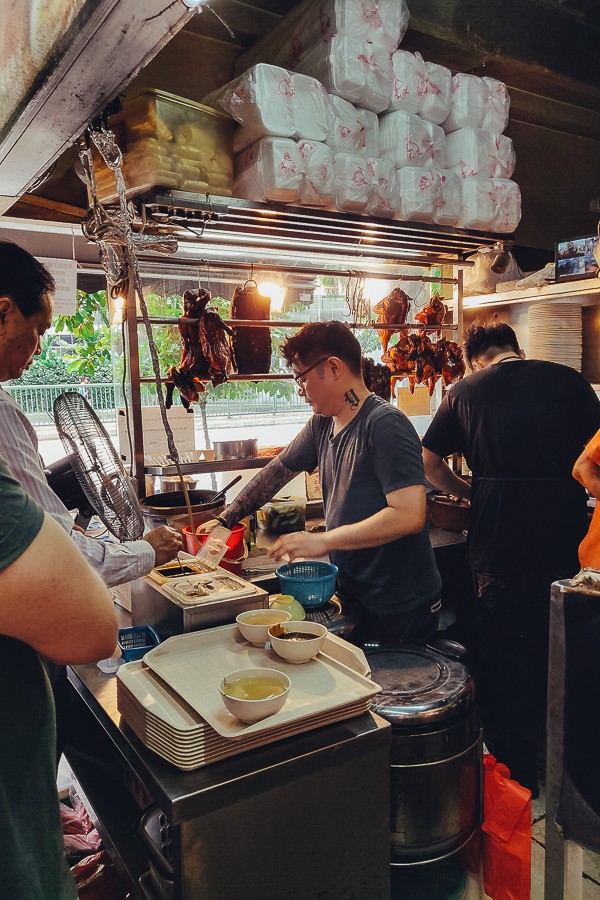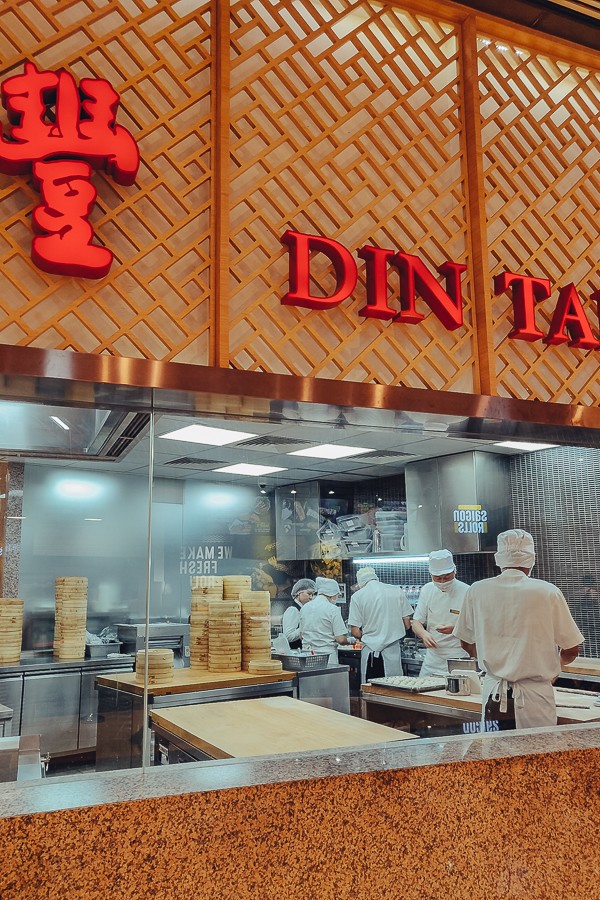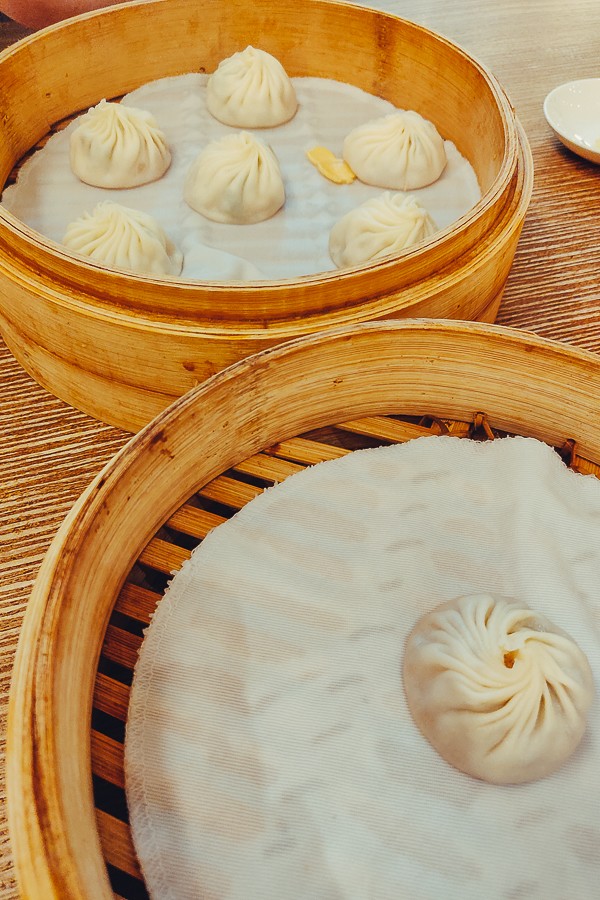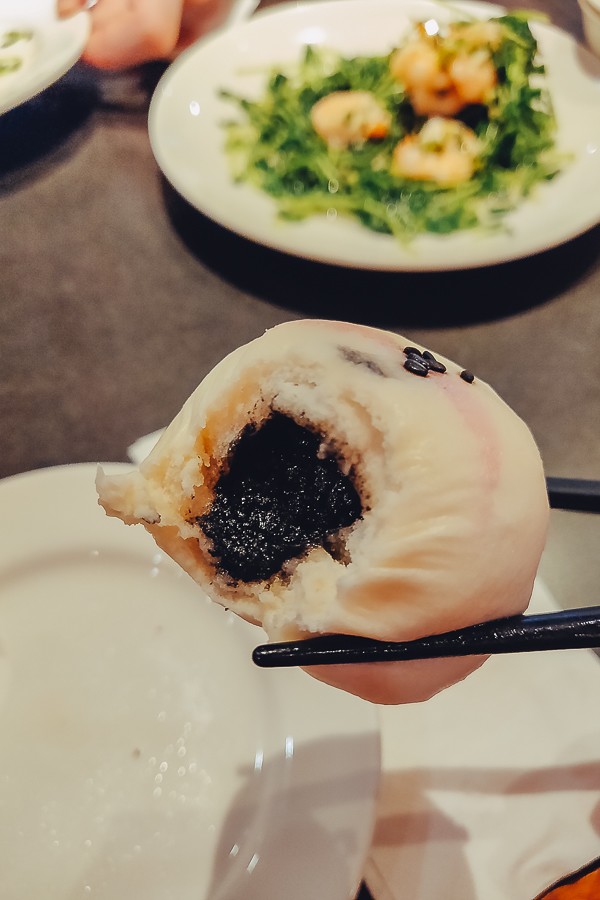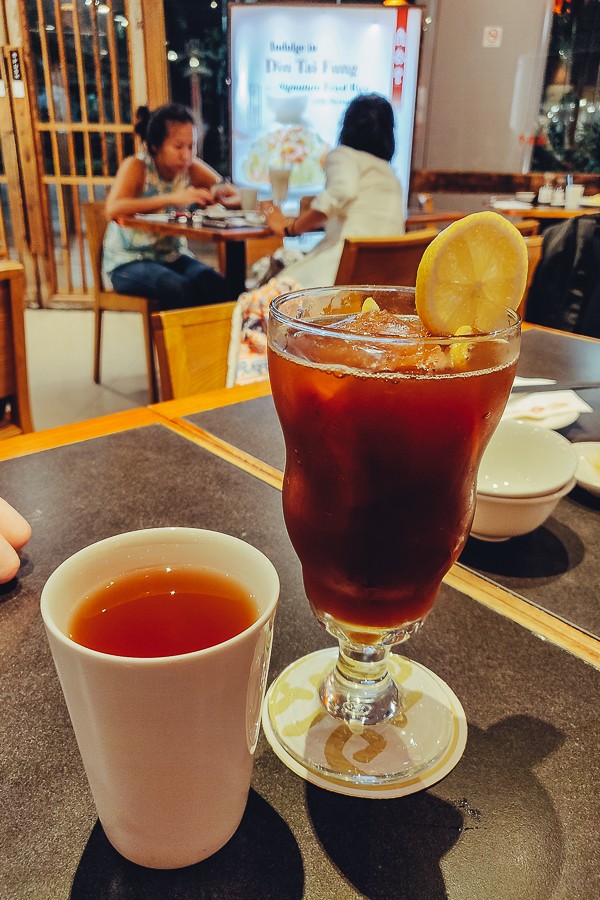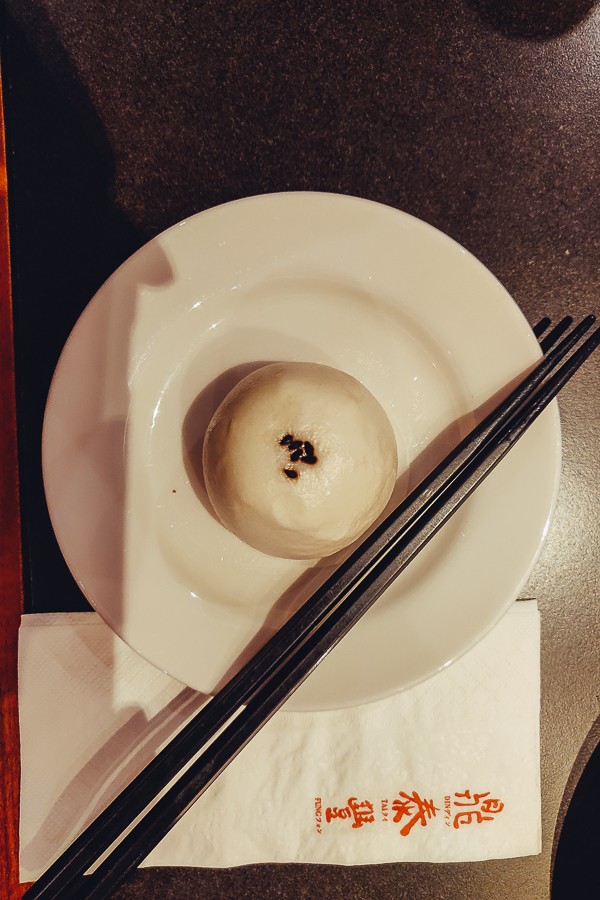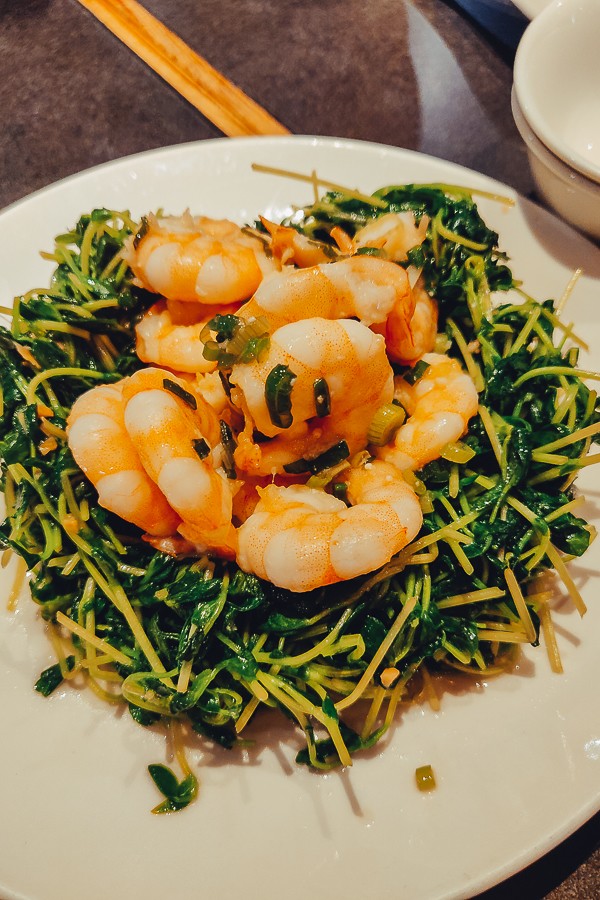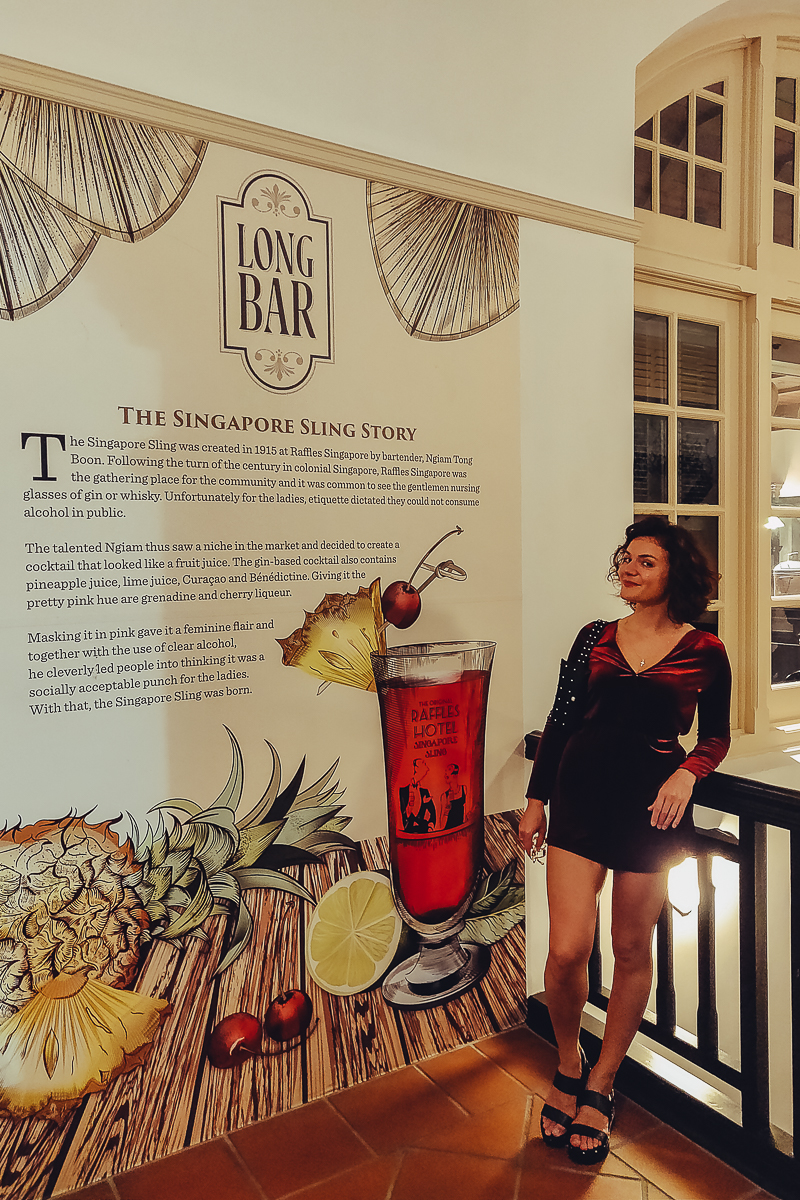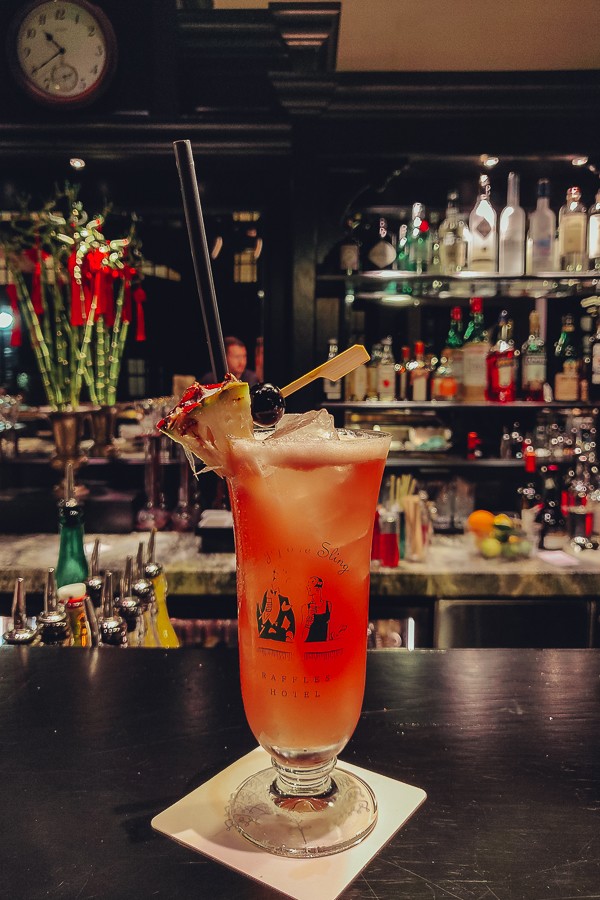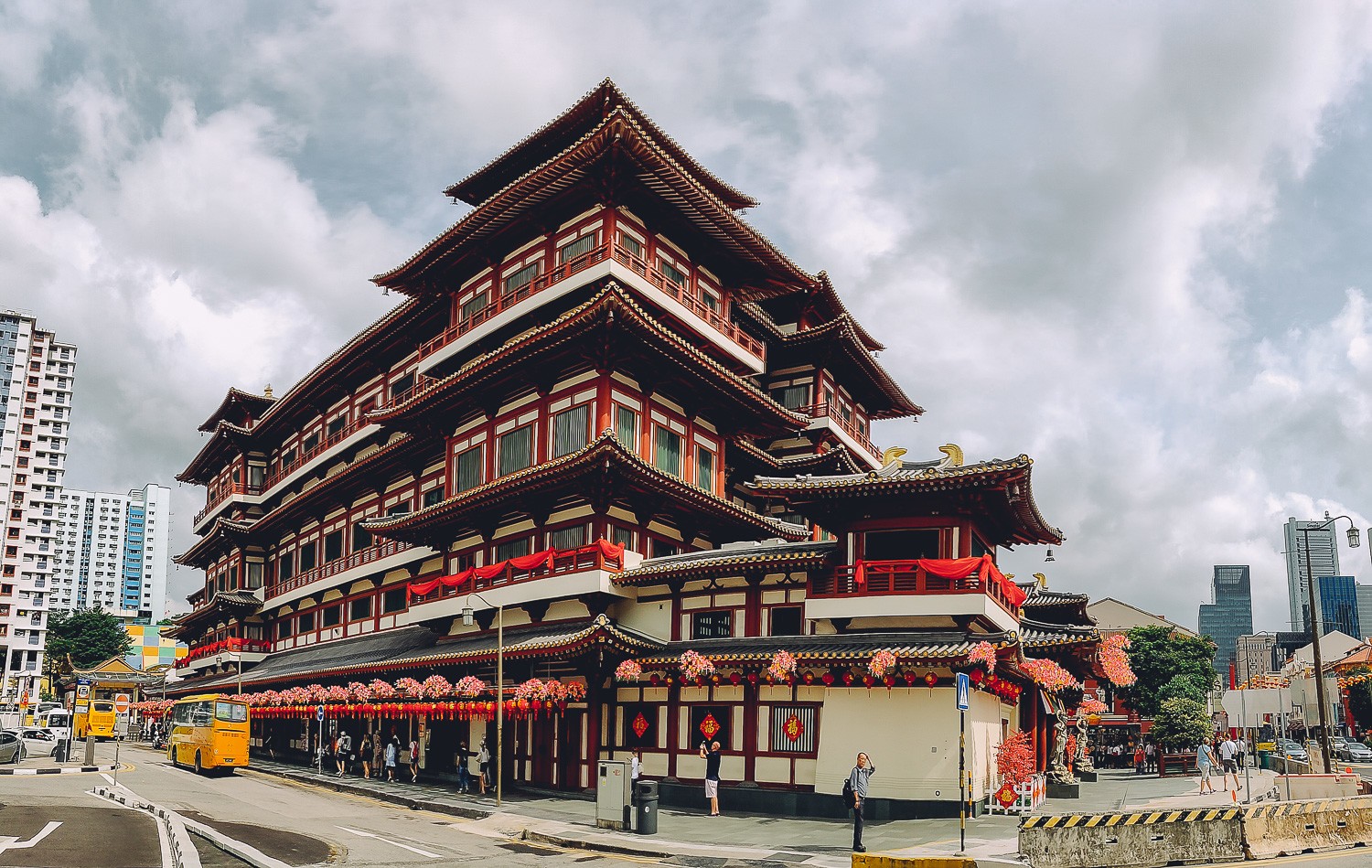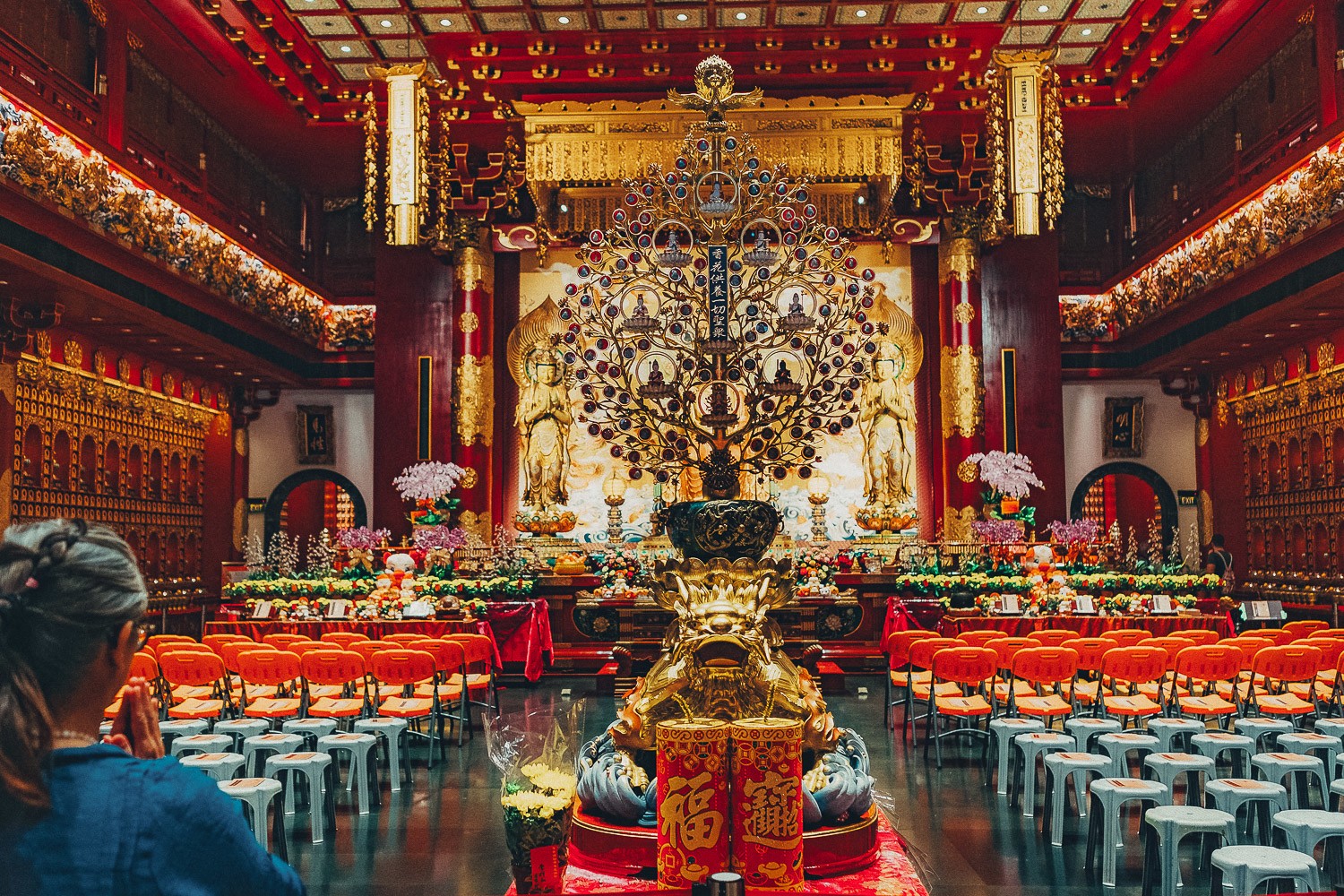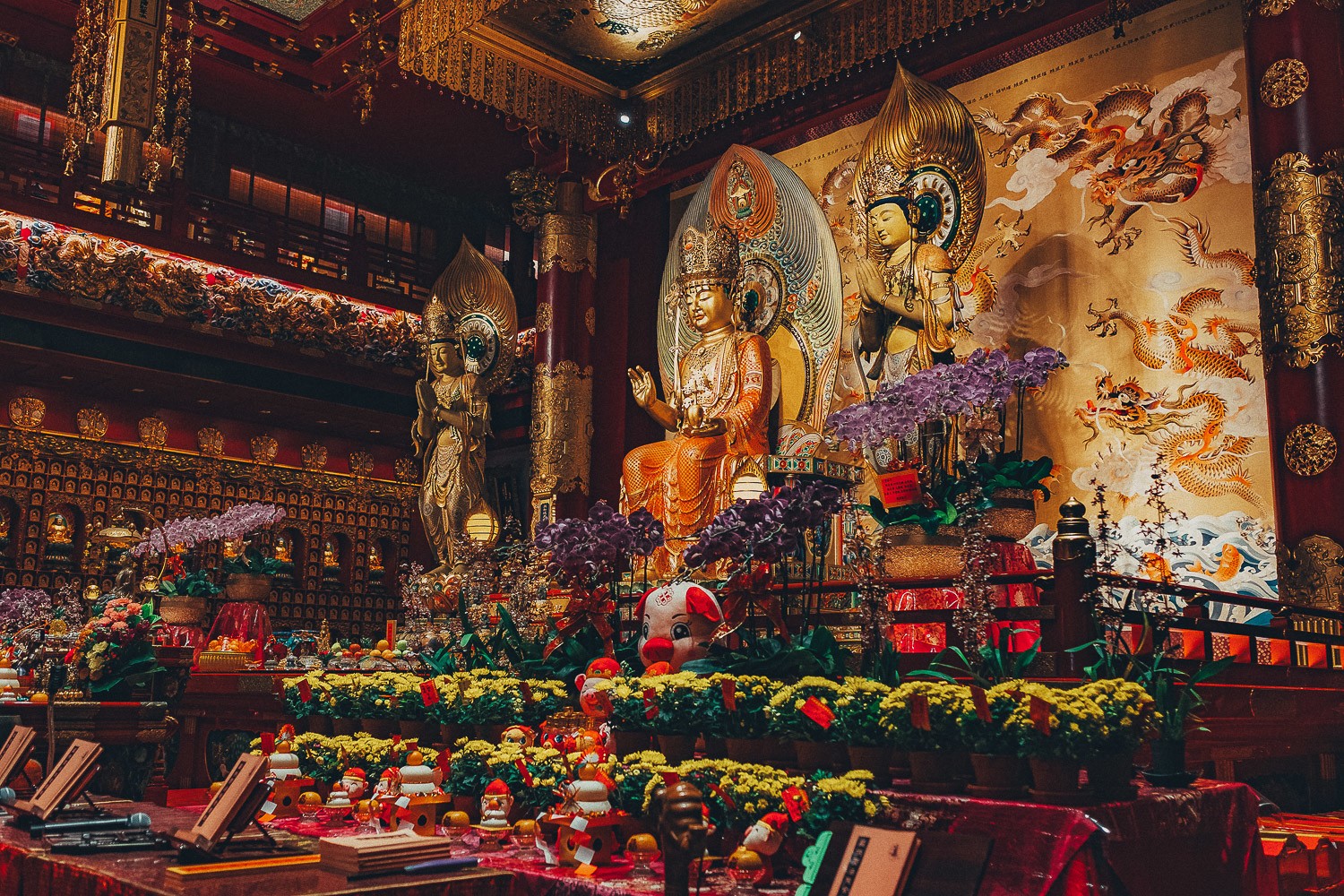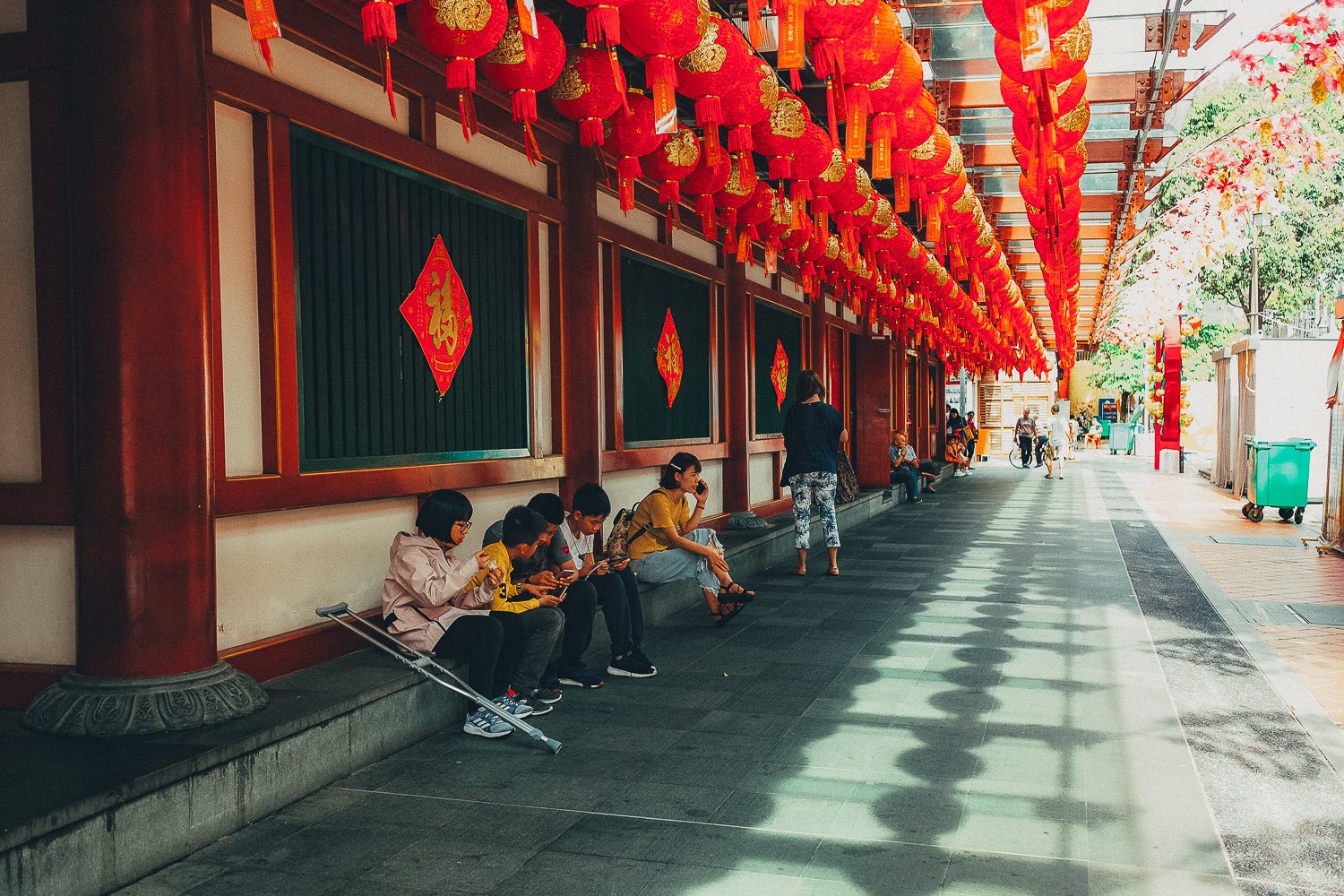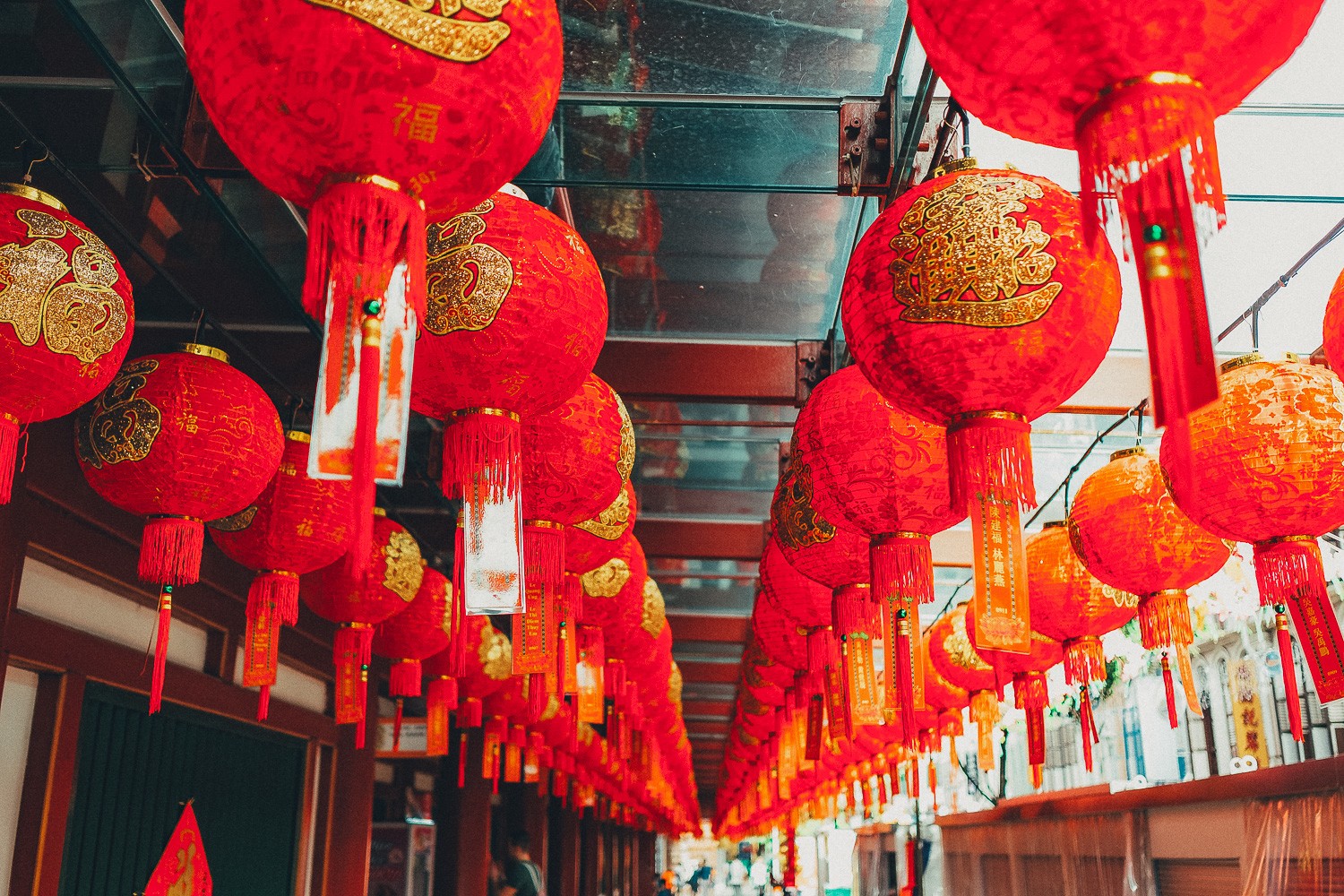“While traveling, you do not only learn new things, but you also get to know yourself. Getting into a different environment, seeing and understanding how people live, what they eat and drink, what they look at, and what books they read, you find some new traits and qualities in yourself.” – Pyotr Vail, author. Pyotr’s position is very close to mine. I am convinced that when we discover a new world, first of all, we explore ourselves. Moreover, understanding someone else’s world order, we better understand our own. It is not always in our favor, but sometimes we happen to see some of our advantages. The city-state of Singapore is the best place for this kind of exploration. If this approach is close to you, let’s go together to this tropical paradise. In my travel blog, you will find useful information about the city-state, life hacks, and tips for independent travelers!
In addition to this information, here you will learn not only our impressions, tips, and life hacks for planning an independent trip but also see atmospheric photos! All the places contain direct links to Google maps for easy location, official sites, or sites where you can get more details. For those wishing to delve into the facts, learn the history, and understand the names, there are links to Wikipedia in the travel guide.
This article about Singapore is divided into 2 parts:
THE MOST INTERESTING INFORMATION ABOUT THE COUNTRY AND ITS WAY OF LIFE
THE MOST INTERESTING INFORMATION ABOUT THE COUNTRY AND ITS WAY OF LIFE
Most countries have a lot to learn from tiny Singapore! Singapore is one of the smallest states in the world, with +26 in the shade in winter, which has neither minerals nor agriculture. There are slightly more than 10 km2 of land suitable for agricultural work. The island, with a population of 5 million people, imports 100% of meat, and almost the same amount of seafood and vegetables. Singapore has the world’s largest port, highly developed electronics, and pharmaceuticals, but the greatest part of the country’s income comes from banking, legal, medical, hotel, and other services. Singaporeans have found a way out of an almost hopeless situation. So how did the Singaporean authorities manage to turn an Asian garbage dump into the cleanest city in Asia in just half a century and one of the most prosperous states on earth?
A striking example of Singaporean success is drinking water, sold in a plastic bottle at every corner. Not a long time ago, it flowed through the pipes of the Singapore sewerage system together with waste. The thrifty inhabitants of the island do not dump dirty wastewater into the sea. They collect this water, then purify it using high technologies and bottle it. It turns out to be “new water”. Singaporeans do not only purify sewage. They also desalinate seawater and collect rainwater. But before this, there was no drinking water at all. The vital resource had to be pumped through pipes from neighboring Malaysia. Nowadays, the cult of fresh pure water is in trend. Schoolchildren are taught to take care of it, and adults are reduced utility tariffs for sparing it.
On solid waste. 5-million-city and the second-largest country in the world after Monaco in terms of population density produces debris in huge quantities daily. It is recycled and turned into material for new territories. For several decades, the island’s territory has increased by more than 100 km2 by building up land in the sea. The dwarf state occupies not 600 km2 as previously, but 710 km2, i.e. one-seventh part of the city stands on recycled waste.
The city is extremely clean, especially, considering the fact that this is Asia! Residents carefully sort garbage both at home and on the street, throwing it into the containers. We can say for sure that, together with Singaporeans, all those who come to this state become eco-sexuals. And this is even without mentioning the additional incentives in the form of high monetary fines. Now a little about their fines. It is forbidden to import chewing gum. You can get up to 50,000 USD or 3 years in prison for its import. No one smokes on the streets. The fine for it can be 800 USD (cigarettes are not sold in the kiosks). The fine is the same for singing at home or in public places and for using chewing gum. Penalty for discarded cigarette butts is 450 USD, 400 USD – for queuing, 2200 USD – for fishing, 200 USD – for abandoned spilled water, 100 USD – for not flushing in a public toilet or relieving yourself in the wrong place, etc. As you have probably guessed the list of fines and bans is impressive. Nevertheless, everything is in order, and no one sets a bad example! An ideal society! Though a few decades ago, the city was dirty and spat all over. The Chinese (almost 80% of the population) used to spit all the time, and their children used to relieve themselves right where they were standing. The authorities managed to wean these everyday habits with the help of fines. The problem of crime in the city-state is also absent, or to be more precise, it is the lowest in the whole world. There is a punishment with sticks. One can get punished in the form of hanging for a murder committed with extreme cruelty or drug dealing. 30-50 death sentences are brought into life each year. It is one of the highest rates in the world.
In 2009’s ranking, Singapore occupied 3rd place, behind only New Zealand and Denmark in terms of the cleanliness of bureaucratic hands. The experience of Singapore in this issue will also be of great use! Cleaning Singapore has proven to be more difficult than wastewater. Corruption is one of the features of Asian culture. “People were openly accepting rewards, and it was part of their normal life,” recalled Lee Kuan Yew in his book. Lee Kuan Yew was the country’s prime minister for 31 years and has become the father of the nation. Lee Kuan Yew described himself and his supporters as a group of bourgeois leaders who received an English education.
An interesting anti-democratic detail is that since 2004, the head of the government has been his eldest son Lee Hsien Loong. Having left the post of prime minister, Lee Kuan Yew holds the position of adviser to the government being a minister-mentor. However, the results of Lee Kuan Yew’s tenure in power can confuse any admirer of a democratic form of government. Singapore has grown from a dusty province, devoid of any resources, to the 4th largest country in terms of GDP per capita in the whole world. What is more, he managed to surpass the countries of the 3rd world, with spitting and shitting Chinese, to a highly developed country with a very high standard of living!
The fight against corruption is another interesting topic. Wise Li began to treat rotten fish from the head. He decided to focus the work of the corruption investigation bureau on large bribe-takers, those from the highest echelons of power. They intended to fight bribes on the lower levels by simplifying decision-making procedures, issuing clear and simple rules, and by the abolition of licensing permits. After all, it is the small fry-officials who demand bribes. The director of the Singapore Anti-Corruption Bureau was empowered to investigate any minister. The discrepancy between the salaries of officials and the value of their property and lifestyle was the evidence of bribes in the court. If an official has a mansion that costs tens of millions of dollars or he has a car that costs a fortune, it leads to confiscation and jail. Both friends and longtime associates of Lee Kuan Yew happened to get trapped for being corrupted, but he did not intercede for any of them. Consequently, all the arrests, escapes, suicides of the tops had the desired effect that everyone was afraid to steal. It would not have been possible if Lee Kuan Yew had not set an example of personal honesty. He had a government residence with no benefits. He paid the driver of his car, servants, and security guards out of his pocket. During his administration, organized criminal groups were effectively suppressed. The predominantly Malay police personnel were replaced by, predominantly, Chinese with a significantly different mentality.
The authorities began to use soft gingerbread in addition to the hard stick. They set high salaries for officials and judges. The best of the best were recruited to the judging positions. Lee Kuan Yew believed that low-paid civil servants destroyed many Asian governments. To keep smart, honest, energetic managers, the income of civil servants was raised to the level of the income of managers in private firms. They have not deprived themselves as well. According to Forbes magazine, the prime minister of Singapore has become the most highly paid state leader in the world. His annual income is about 2 million US dollars. Comparatively, the head of the United States gets 5 times less, the president of the Russian Federation receives an income 24 times less. In difficult times, the government set an example of self-restraint. The revenues of the top bureaucratic echelons were cut by 20% immediately with the onset of the last economic crisis.
Singapore is a multinational state. 5 million accounts for 75% of the Chinese, 15% of the Malays, 8% of immigrants from India, others are the aggregate of Arabs, Thais, Jews, Armenians, Japanese, and Eurasians. Singapore is a multi-confessional country. 40% of the population is Buddhist. The majority of the Chinese population follows traditional beliefs that combine Taoism, Confucianism, and ancient animism. Most Muslims are the Malays. 14% of the population profess Christianity.
The government began to carefully monitor national relations after serious national conflicts that broke out more than 50 years ago. They proclaimed the principle of harmony, which is found in the education system, housing, the army, and other spheres of social services. It is currently prohibited to wear Islamic headscarves in schools. The manifestation of national enmity and hatred is punished. Every discussion on the Internet is taken into account.
A Bit of History
The first record of Singapore appeared in Chinese chronicles in the 3rd century. In the XIV century, it entered the Johor Sultanate. After another 4 centuries, Sir Thomas Stamford Bingley Raffles, the representative of the Dutch East Indies company, signed an agreement with Sultan of Joch. According to this agreement, a trade zone was formed, allowing immigration of different ethnic groups. Sir Raffles played an important role in the history of Singapore. You can find a monument to him on the embankment, and a large number of places are named after him.
In 1963, as a result of a referendum, Singapore joined the Federation of Malaya. Two years later, Singapore withdrew from it. As a result, Singapore declared its independence. Now it is ranked as the 4th place in the world in terms of the welfare of its inhabitants. The first place in the world rankings belongs to Singapore in terms of comfortable conditions for creating and doing business due to low taxes for foreign and domestic companies. Dividends of resident founders are not taxed at all.
A Bit About the Education
An important reform of the education system took place in the country 40 years ago. They started with the English language, becoming compulsory in all schools. Universities transferred to teaching in English. The government spent a huge amount of money to educate its students at the best universities in the world. And now Singaporean universities enjoy a high reputation, and foreign students study there. Universities have state-of-the-art facilities. The basis of training is the students’ independent work. You will never be hungry on campus, as elsewhere in Singapore, because here you can find cuisines to any taste: Chinese, Malaysian, Indian, European, and the suchlike. Summing up the topic of education, it should be noted that Singapore is purposefully striving to become the global educational epicenter of Southeast Asia. It is investing millions of dollars in creating a strong educational network, which will bring the country even greater profit to the state treasury and, therefore, GDP growth. Singaporean famous universities already have their branches.
The education reform was incorporated into the economic development strategy by the government of Lee Kuan Yew. It was based on the transformation of Singapore into a financial and trade center of Southeast Asia, and on attracting foreign investors. “We welcomed every investor,” wrote Lee Kuan Yew. “We were bending over backward to help him start his production.” As a result of this Singapore modernization, American transnational corporations have laid the foundation for a large-scale high-tech industry in Singapore. And this small state has become a major electronics manufacturer. Now Singapore is trying to develop three economic areas: health care, biomedicine, and education.
OUR IMPRESSIONS AND TIPS FOR VISITING THIS COUNTRY
Singapore is a very green and breathing city. In addition to a large number of parks, squares, gardens, and green spaces on the streets, there is a lot of greenery in the form of green walls, balcony gardens, mini-parks on the roofs of houses, and business centers. They harmoniously combine with concrete and glass in Singapore.
One of the most enjoyable and relaxing activities for city dwellers is the swimming pools in hot and humid Singapore! They are everywhere: on the roofs of hotels, in the courtyard of a residential complex, or on the “green” park floors. It is very cool, especially if you have come from winter into summer, and you just want to enjoy the summer in between exploring the city! We stayed at a wonderful hotel “Grand Park City Hall”, conveniently located, within walking distance of all the city’s districts.
Singapore is located almost at the equator, and the sun is very insidious here: you can get sunburnt even when the sky is overcast. Do not forget to use your sun-protecting cream! Overall, dark skin color is not popular here – in stores, skin whitening cosmetics occupy more than one shelf and are placed in the most visible spots. The locals walk under umbrellas so as not to sunbathe.
Singapore Business Center
The city’s business center is also its tourist center. One of the most recognizable symbols of Singapore is Marina Bay Sands Hotel. The hotel is located in Marina Bay and has a swimming pool with a stunning city view on a rooftop. Only hotel visitors can visit the pool. However, there is a bar and restaurant “CÉ LA VI” next door, where, for example, you can sip a cocktail and enjoy an incredible view of the city at night.
There are also many other interesting buildings in the bay: a statue of the famous symbol of the city “Merlion“, the “Esplanad” theater in the form of two durians, a museum of art and science in the form of a lotus flower, a historic quarter with small houses along the river, the National Gallery, and the famous Gardens by the Bay. In the evenings, the bay hosts a variety of shows with free admission. Examples can be daily concerts with live music on the open stage Esplanad or the light and music show in the Park by the Bay (we will give more details about them below). A light and music show called Spectra is also held in the bay two times per evening at 20:00 and 21:30 daily (Fri, Sat: 23:00).
Our trip to Singapore was during the Chinese New Year. Concerts with beautiful fireworks accompanied by perfectly matched fabulous music were held in the bay every day during New Year (which means the Spring Festival in Chinese and is unofficially called the Lunar New Year)! Every evening we had an opportunity to watch the most beautiful fireworks we had ever seen! What is more, New Year’s festivities took place in the city, especially in the Chinese district, on certain days. A visit to Singapore during the Chinese New Year is a good period in terms of tourism. The weather in January-February pleases a lot. You can see the calendar of events on the official website of leisure for tourists.
In general, the architecture of Singapore is very futuristic, with many non-standard forms and bold design solutions. Modern technologies are being introduced everywhere in the city. The authorities are developing the concept of a smart city, where many processes are automated.
The business center has a lot of interesting places for studying the concept of “city-garden” and for gastronomy. Wander among the glass skyscrapers and you will be pleasantly surprised with various architectural and design solutions! For example, you cannot but pass by the building called Marina One, which houses residential apartments, a row of offices, and a public space right in the middle of the complex with a green garden, a waterfall, fountains, and suspended paths. There is a nice bar “LeVeL33” with craft beer and a magnificent view of the city on the 33rd floor of the neighboring skyscraper. It is advisable to book a table by the window in advance.
A good place with a variety of restaurants to all fast food tastes can be found in the basement (B2) of a shopping center called The Shoppes at Marina Bay Sands. The exact location is given here.
Singaporean Cuisine
Singaporean cuisine is a generic term for a wide variety of dishes from different corners of Asia. Singaporean cuisine is a mix of Malay, Chinese, Indian and Indonesian dishes, with a touch of Japanese, Thai, and Filipino cuisines. Plus, they are all influenced by European and British traditions. Food in Singapore is an important element of national identity and binds different cultural traditions together.
Singapore has an alphabetical rating system assessing eating establishments based on hygiene and health standards. A is the highest grade. We did not happen to come across eating establishments below the B level. Grades usually hang near the kitchen or at the checkout. The main rule in Asia is that if you see many locals, you can safely join them and eat in this place! There is an interesting fact that two street eatery owners received Michelin stars for the first time in Asia and both were in Singapore. We found them, but we didn’t eat there because of the long queues. The first stars were Hill Street Tai Hwa Pork Noodle (sells pork noodles) and Liao Fan Hawker Chan (rice, noodle, and duck dishes in sweet sauce). However, quite a few other street eatery owners have already gained Michelin stars. If you are interested in this topic, you can find all these establishments with their mark in Singapore on the official Michelin website.
Don’t miss the №1 dumpling restaurant chain in Singapore called Din Tai Fung. Din Tai Fung is also a Michelin star and is in the New York Times‘ Top 10 Restaurants in the World. They have insanely delicious jasmine tea and a nice bonus: polite waiters will pour it into your mug without any limit.
If you want to try Singapore Sling, head to the birthplace of this cocktail – the Long Bar at Raffles Hotel. Singapore Sling was invented at the turn of the century by Hainan-Chinese bartender Mr. Ngiam Tong Boon. You can read more in the photo below.
Chili crab is a crab in a thick tomato sauce with cayenne pepper. While being cooked, the spicy sweetish sauce penetrates the juicy crab pulp, as a result of which one of the main Singaporean culinary attractions appears – crab with chili sauce. There are many well-known and advertised places in the city center, where tourists are recommended to eat this crab. However, a couple of local friends advised us to go to a restaurant known only among the locals called 1036 Live Seafood on the outskirts of Singapore. Accordingly, the taste and price will please you here.
Gardens by the Bay
Everybody has probably seen the pictures of Supertree Grove. These structures are vertical greenhouses that grow about 1,500 plants with smart rainwater harvesting systems and solar panels that generate electricity. The light and music show takes place only based on the energy generated here, and the entire park is also illuminated owing to it. The light and music show takes place two times per evening: at 19:45 and 20:45. You can find the location of Gardens by the Bay via the following link.
If you are interested in different types of exotic plants, you must look into the Cloud Forest greenhouse. Until recently, the highest waterfall built in the building has been in this greenhouse. Waterfalls from the height of a 7-storey building. At the Cloud Forest’s exit, visitors pass through several halls dedicated to the problem of people’s influence on our planet. There are short videos shown in the halls on important topics such as deforestation, ocean pollution, and many others – everything that affects climate change on the planet. A video about where our current indifference and inaction may lead us if global warming continues to rise is shown in the last room. You will see how you can already now use modern technology and change your actions to keep our planet green.
Tickets to the Flower Dome are offered with tickets to the Cloud Forest. The Flower Dome greenhouse is a more classical complex with many trees, palms, tropical flowers, and cacti.
Chinatown
You will find a market spread across several streets in Singapore’s Chinatown. The market sells all kinds of utensils, from souvenirs and clothing to groceries. If you love or would like to try durian, the sellers have a separate room for customers who wish to eat their purchases on the spot.
Each ethnic group has preserved its traditions and beliefs. 33% of the population is Buddhist. Try not to miss the Buddha Tooth Relic Temple and Museum (see & do).
You can find Arab and Hindu temples, for example, Sri Mariamman Temple, Masjid Jamae here, in Chinatown, and in the Arabian and Little India districts.
The People’s Park (1973) complex, located in the heart of Chinatown, consists of shops, offices, and residential areas. The largest shopping mall on Eu Tong Sen Street was the first of its kind in Southeast Asia to begin the typological trend of developing this kind of combo complexes in Singapore. The complex has a whole floor of massage services. Do not pass by! For a relatively small fee, you will get a pleasant and cultural experience.
The People’s Park Complex parking lot has become one of the most popular Instagram locations and a favorite spot for photographers. However, if you are organizing a professional session for commercial purposes in a parking lot, you will need a permit. You can request it at info@1010carpark.com
The Pinnacle Duxton skyscraper observation deck is another place to visit in Chinatown. The Pinnacle Duxton skyscraper is a social housing complex consisting of seven towers, each 50 stories high. The towers are joined by terraces or “sky bridges” that form the figure of the question mark. On the 26th floor, there is a jogging track, and on the 50th floor, you will find mini-parks, playgrounds, benches, chairs, and gazebos. You can visit the observation deck on the 50th floor of the skyscraper every day from 9 am to 9 pm. The ticket can be purchased in a window on the ground floor in Tower 1G for 6$. You must have cash without change for this ticket and a working phone because you can enter and exit on a call from your phone to the supervisor. Up to 200 people can visit the observation deck per day. If this limit is reached during the day, no one else will be allowed into the tower.
Little India
Once in the Indian district of Singapore, you forget that you are in a modern and technological metropolis. Little India greets you with the abundance of colors and the scent of spices. Bright houses, painted in several unrelated colors at once, coexist with numerous shops, cafeterias, and religious institutions.
Little India consists of several streets. Walking along the central Serangoon Road, you can visit several markets at once: Tekka Center (food), Little India Arcade (national clothes, jewelry, goods made of copper and wood), an indoor market (garlands of flowers, furniture, musical instruments, small carvings made of wood). It is customary to bargain in the Indian market, because the thing you like may come out twice as cheap as the declared initial cost.
Little India in Singapore will surprise you with the proximity of the temples of Hindu gods with mosques and Buddhist temples. Appropriate clothing (covered arms and knees) will be required to visit them. Guests must take off their shoes and socks in Hindu temples.
Kampong Glam
Oddly enough, the Arab district, and I would call it Malaysian or Muslim, turned out to be the most “European” of all other ethnic regions. It is full of graffiti, tattoo parlors, bars (one of which is “I Amsterdam” with Heineken, french fries and even Dutch bitterballen), various colorful shops with Arabic goods and, of course, with pleasant atmosphere!
A key attraction in the Arab Quarter remains the Sultan Mosque (erected in 1928) with its shining gold domes and a huge prayer hall, which is one of the most iconic places of worship in Singapore. A notable feature of the temple is a massive golden dome, the base of which is made from the bottoms of glass bottles: it serves as a reminder that once the representatives of the Muslim community in Singapore collected the missing funds for the construction of the first mosque by gathering bottles for recycling. The floor of the temple is covered with a magnificent carpet donated to the Singapore mosque by the Prince of Saudi Arabia.
And finally, a few words about Changi Airport (official website), which has been ranked first among airports for several years in a row (since 2013). It has an abundance of various modern technologies. There is a variety of hung kinetic sculptures at the airport. You can also see a butterfly park, and for a small fee, use the pool and spa services before departure, climb the rope park, wander in mazes, have fun in interactive studios, and entertain yourself with many more (more details). If you want to try the best buns, head to the Jewel terminal (more details). You will be pleasantly surprised by the stunning waterfall Rain Vortex in the form of a well from the roof, surrounded by trees and various tropical plants. The Jewel terminal has a large number of food courts. However, planes do not take off from here. The terminal is built exclusively for the recreation and entertainment of passengers before their departure. Tourists in transit can also get here.
